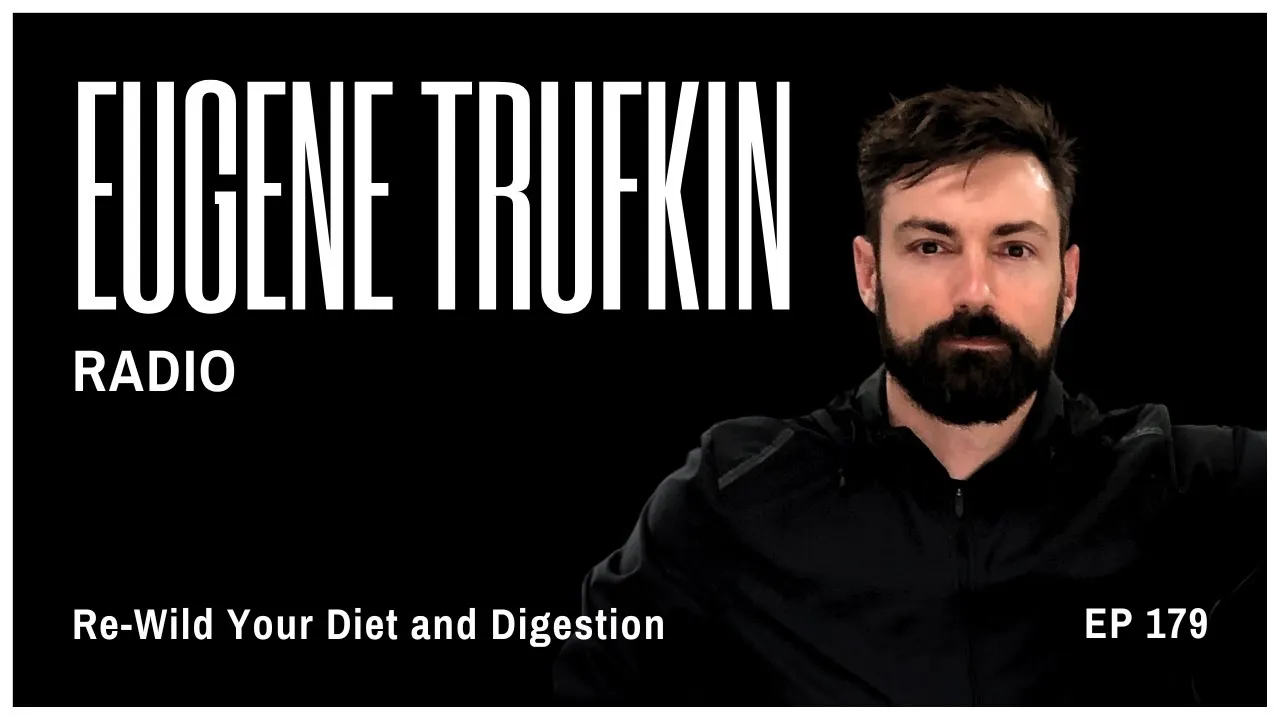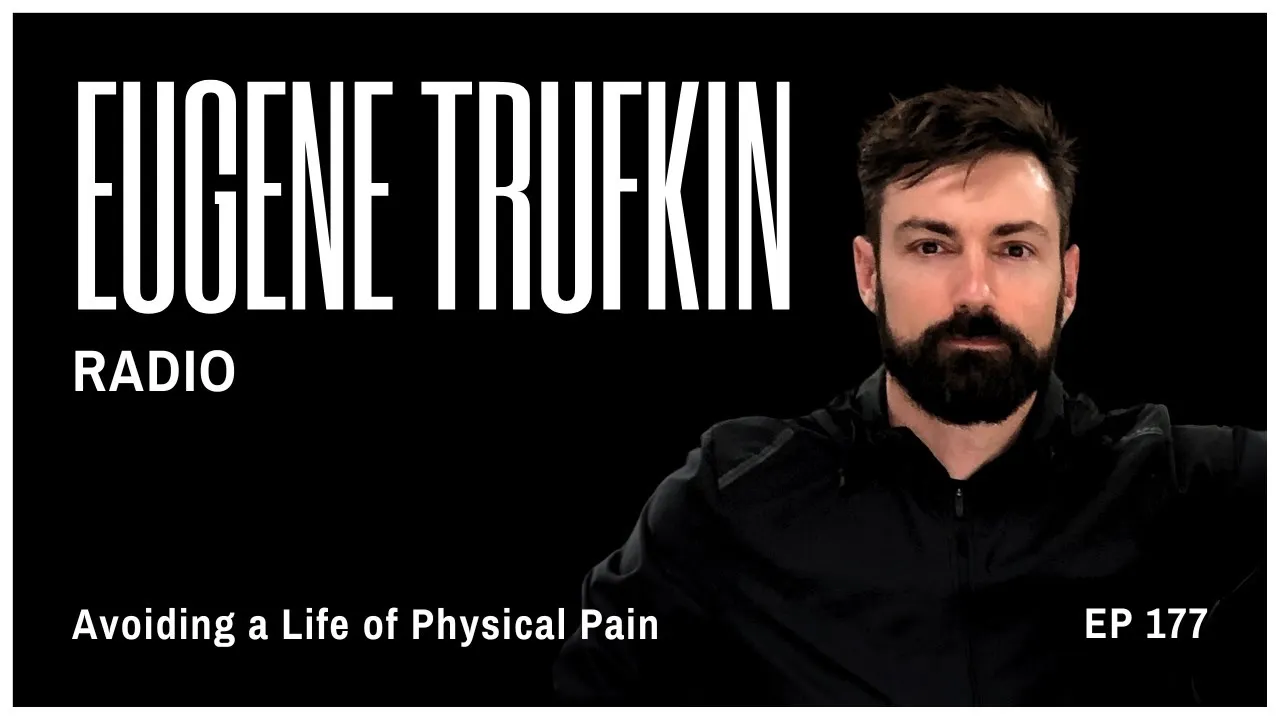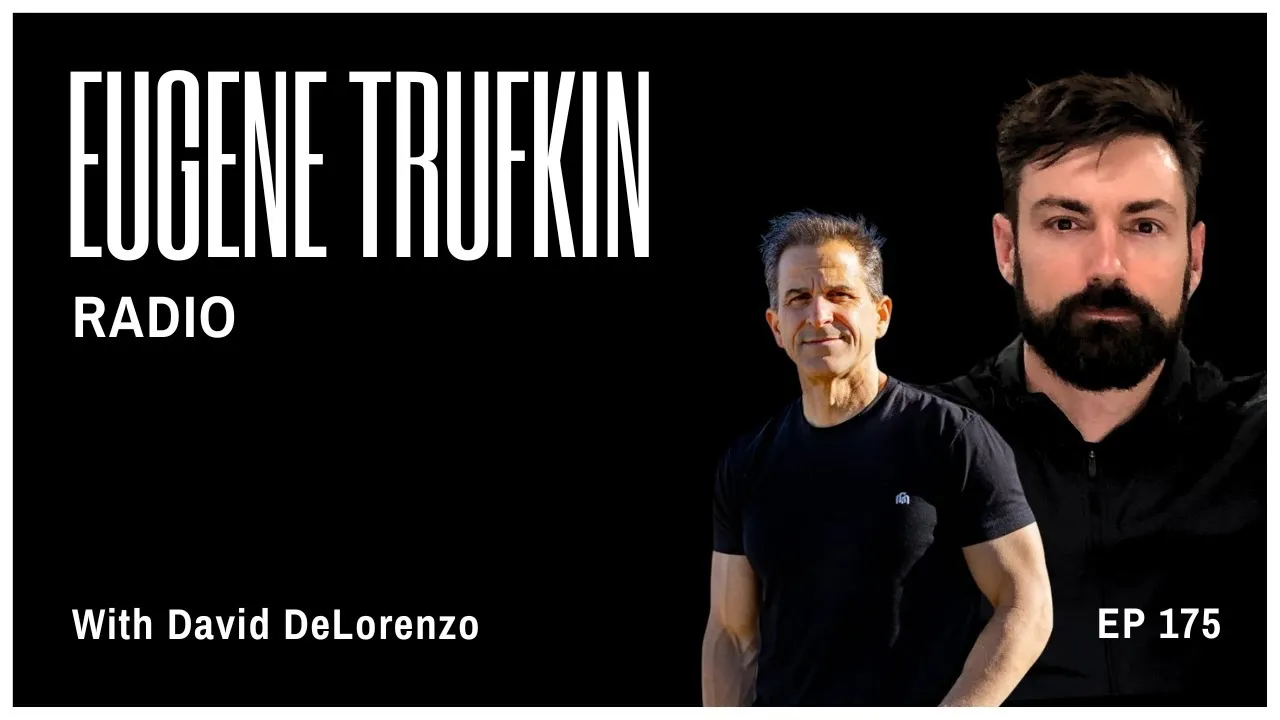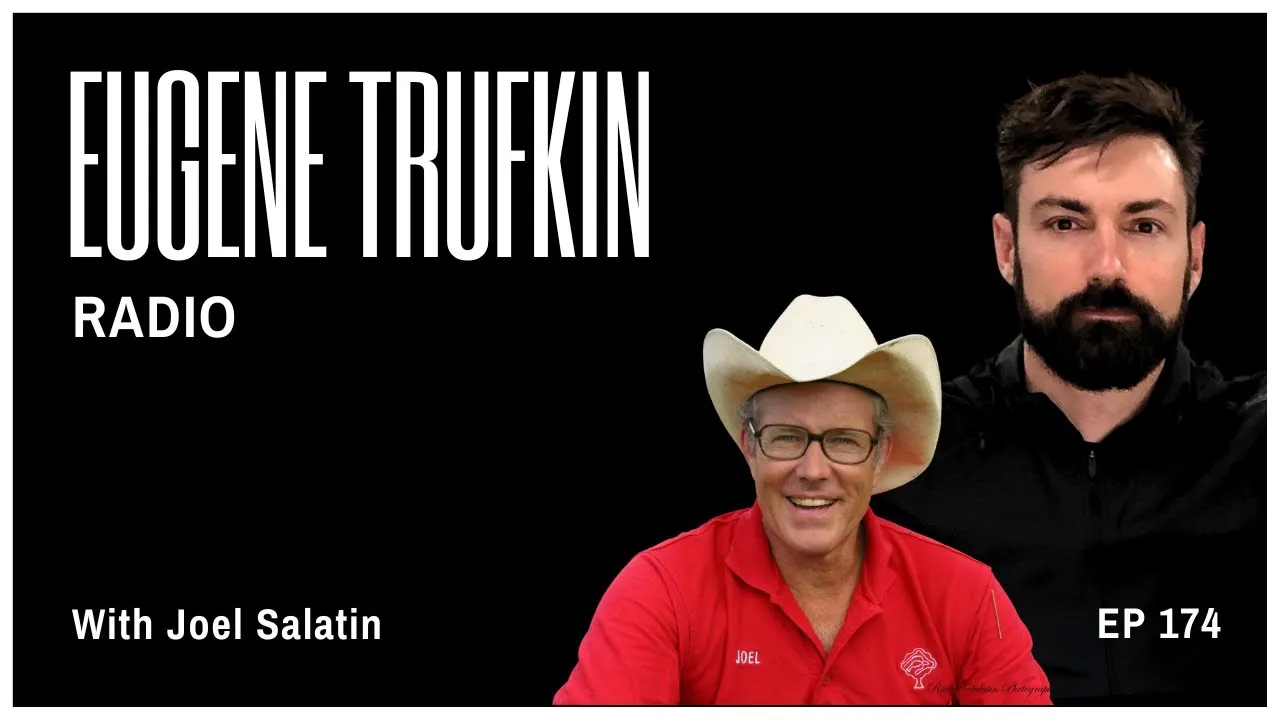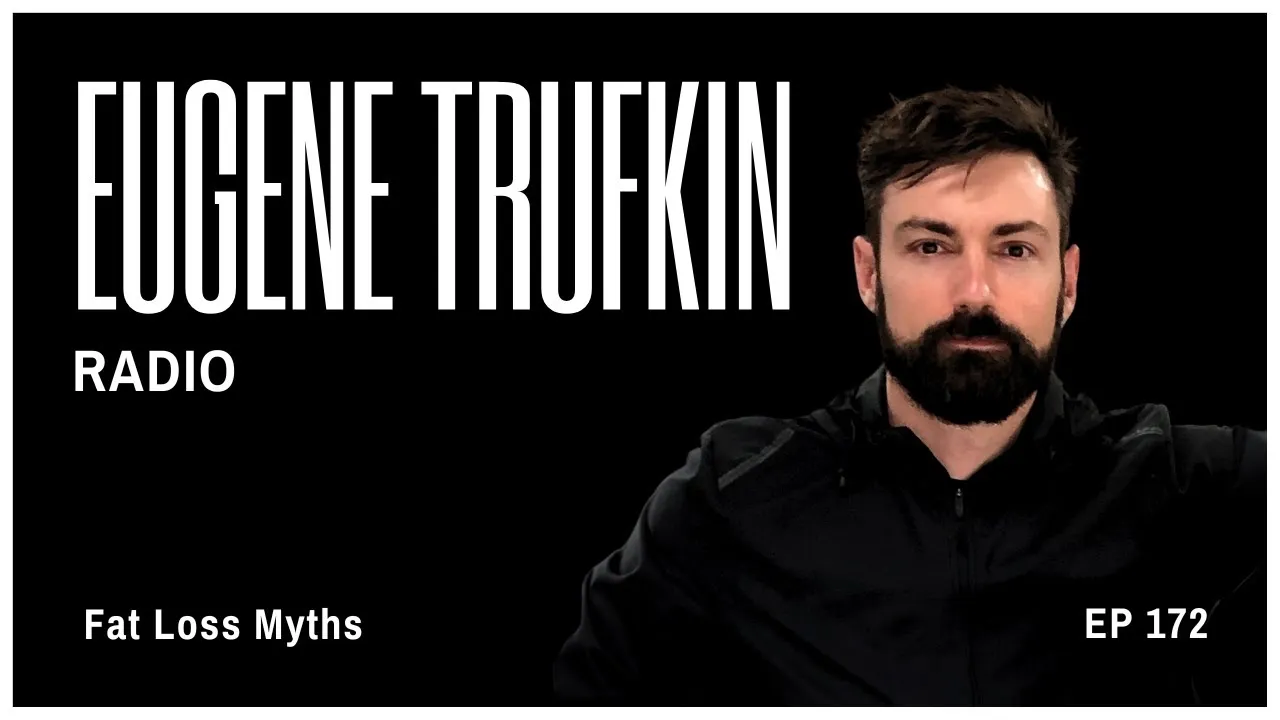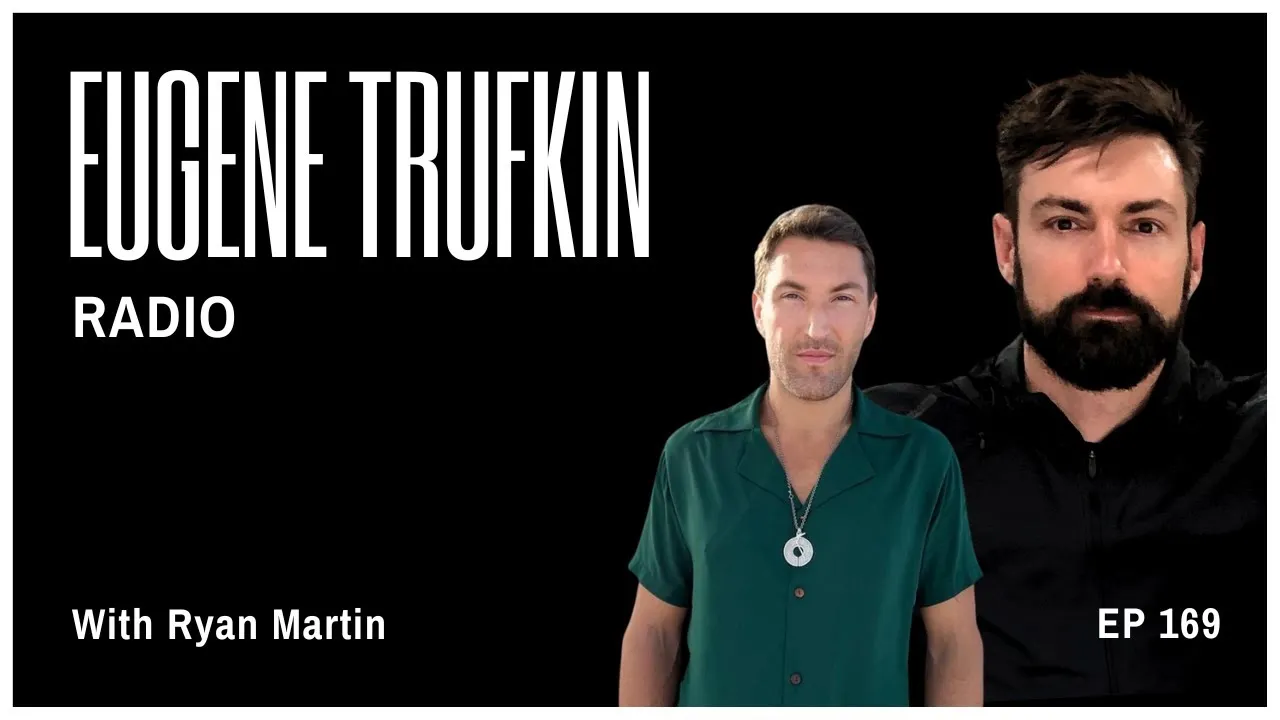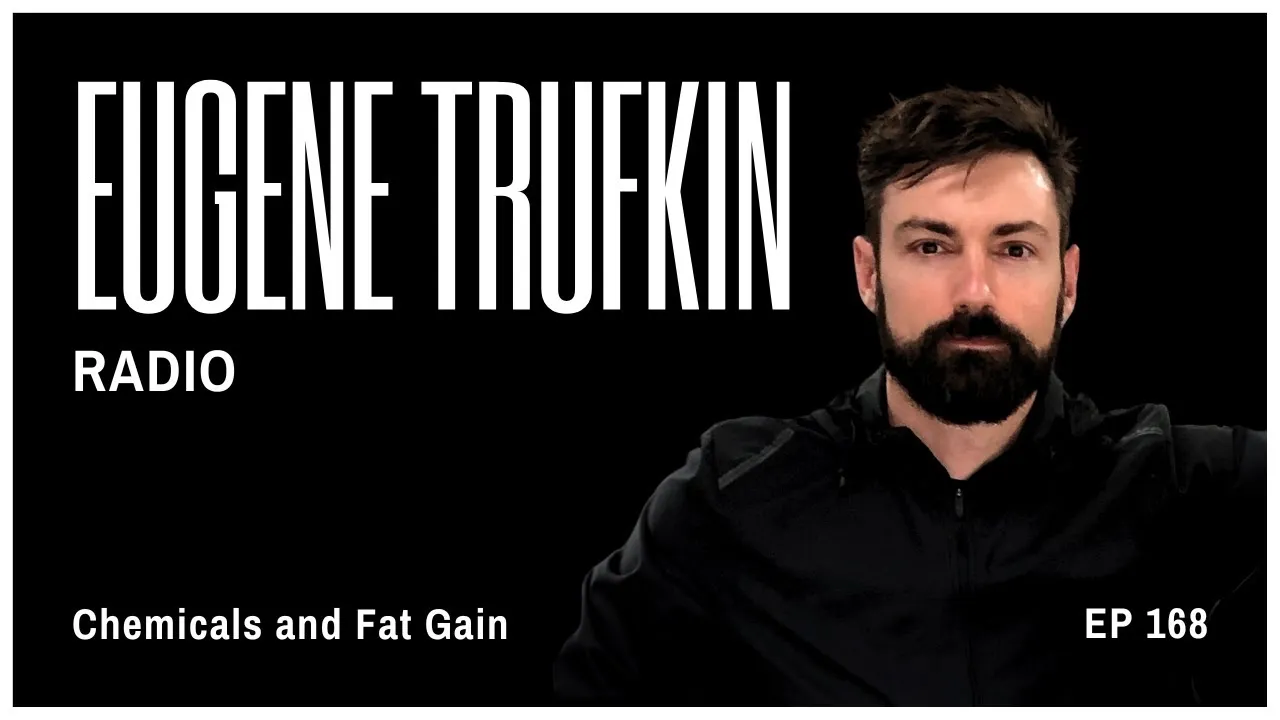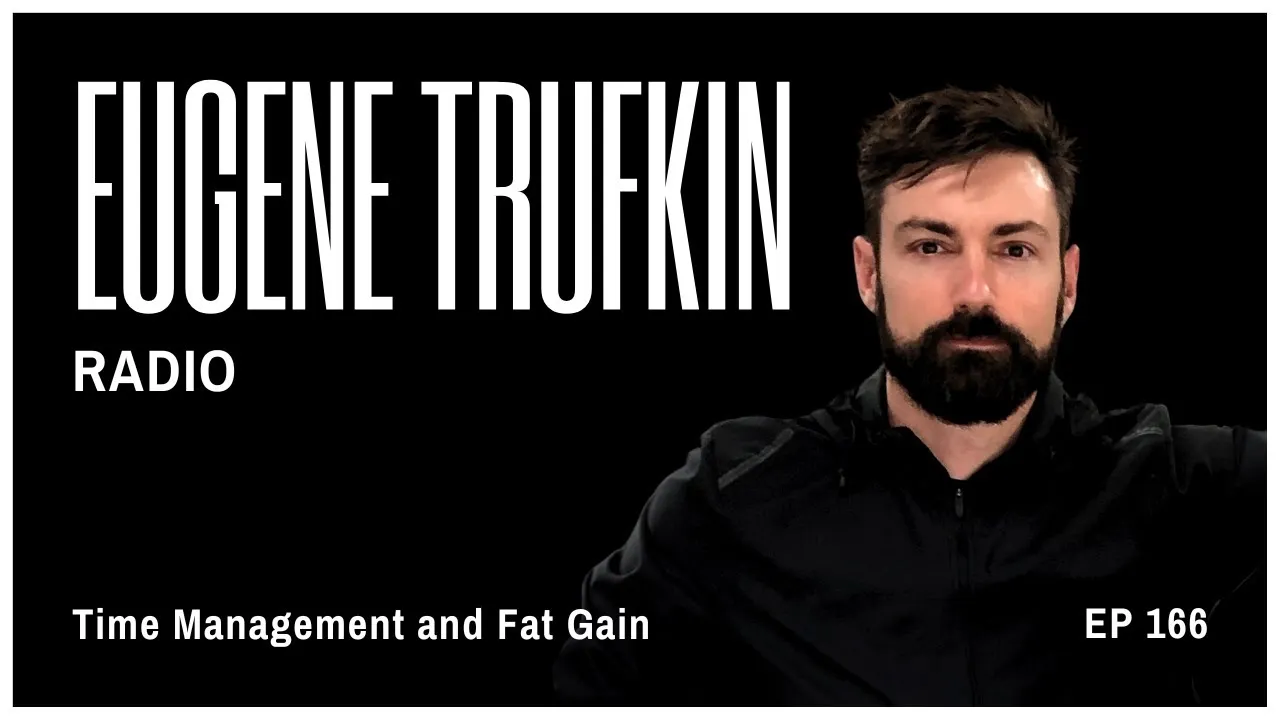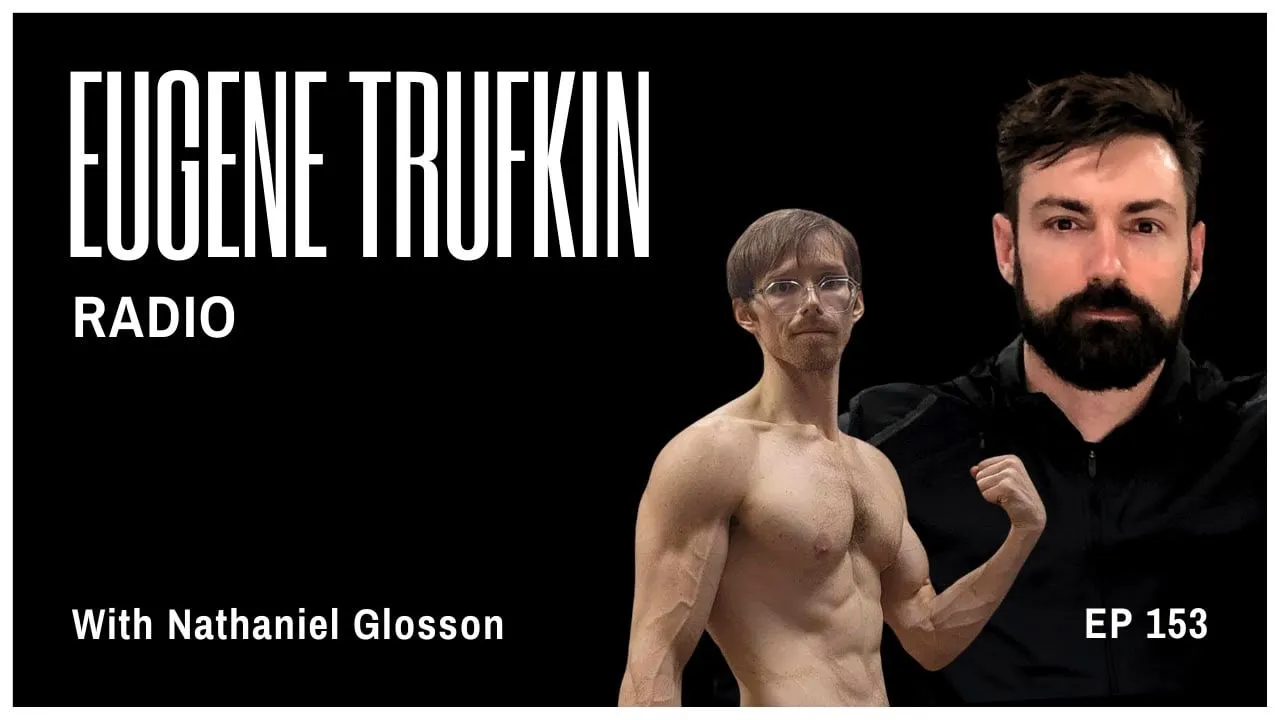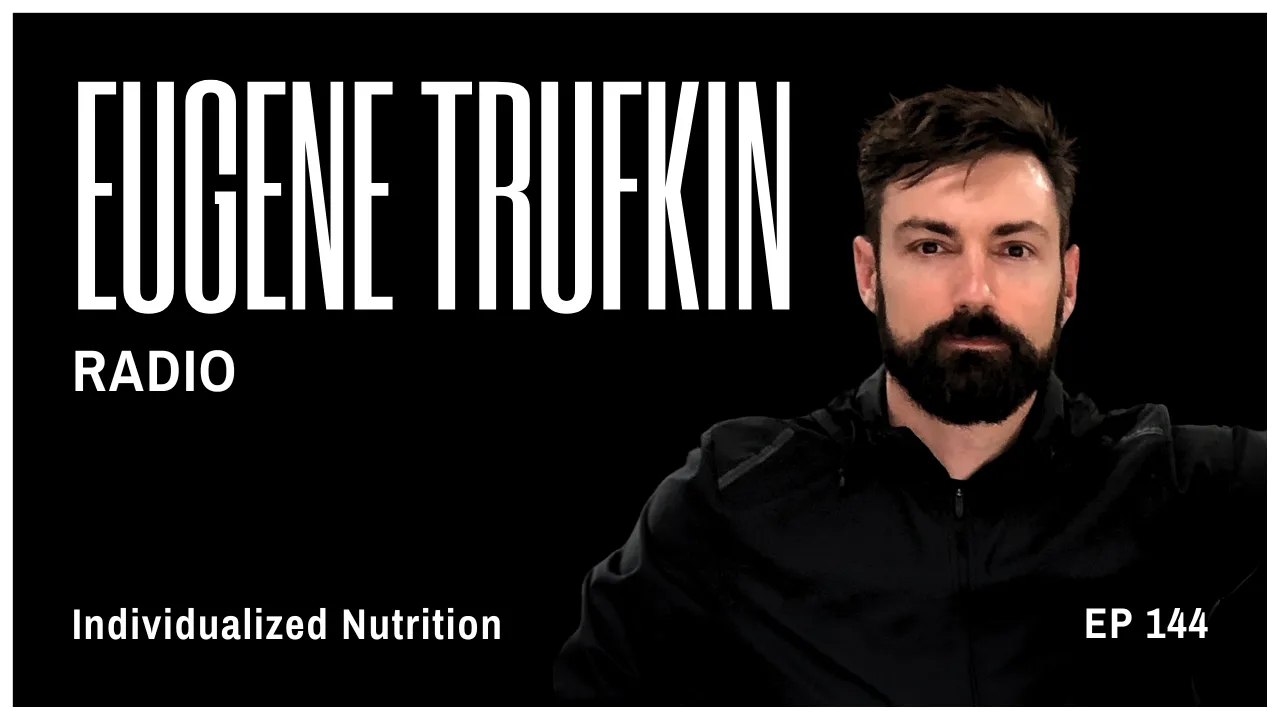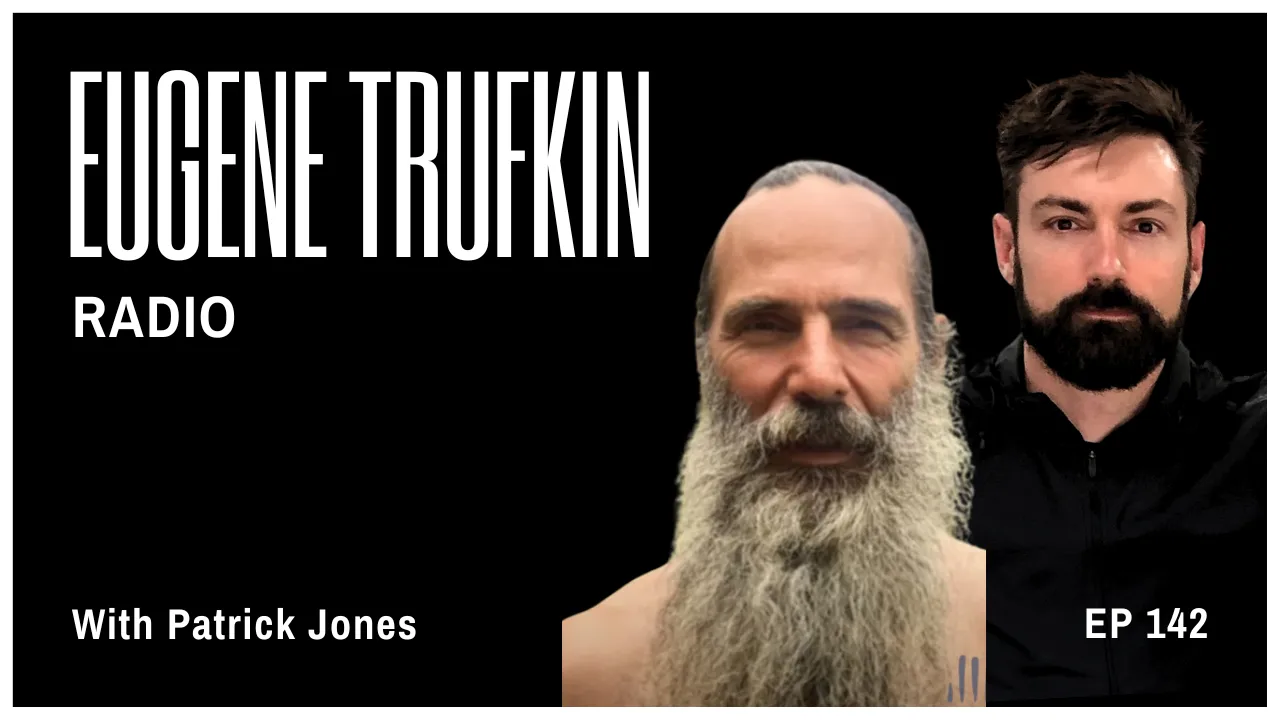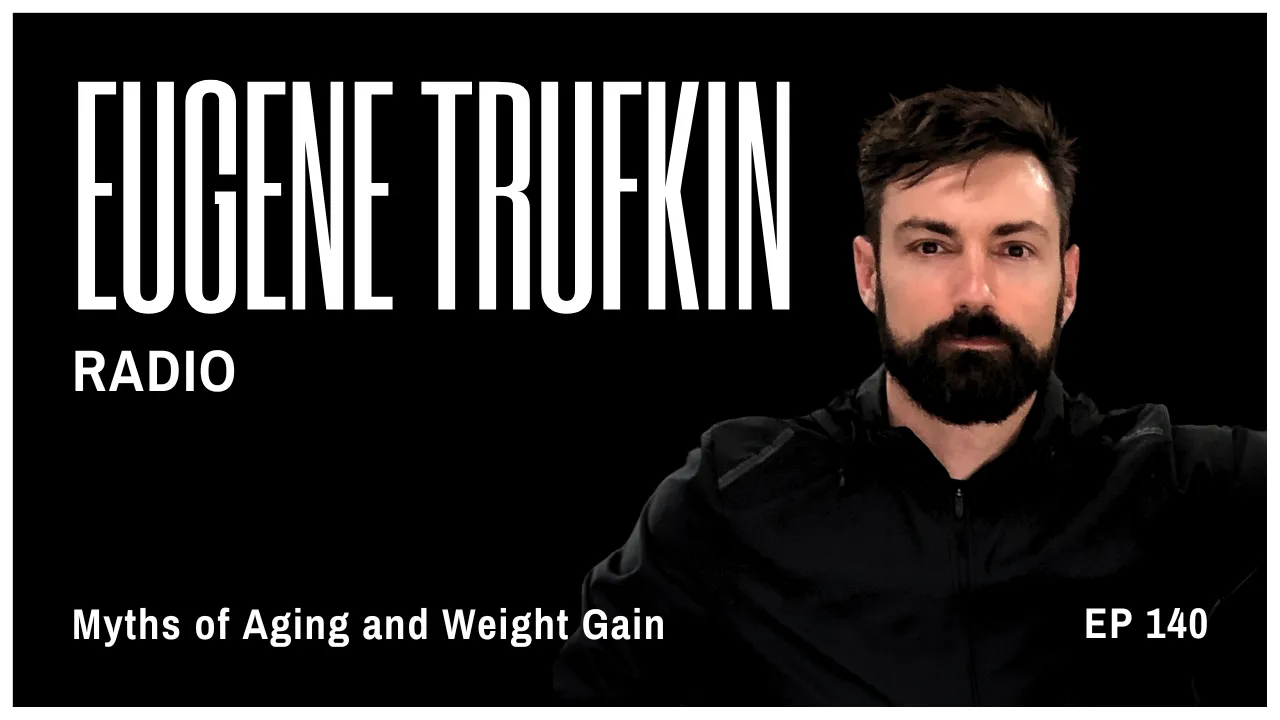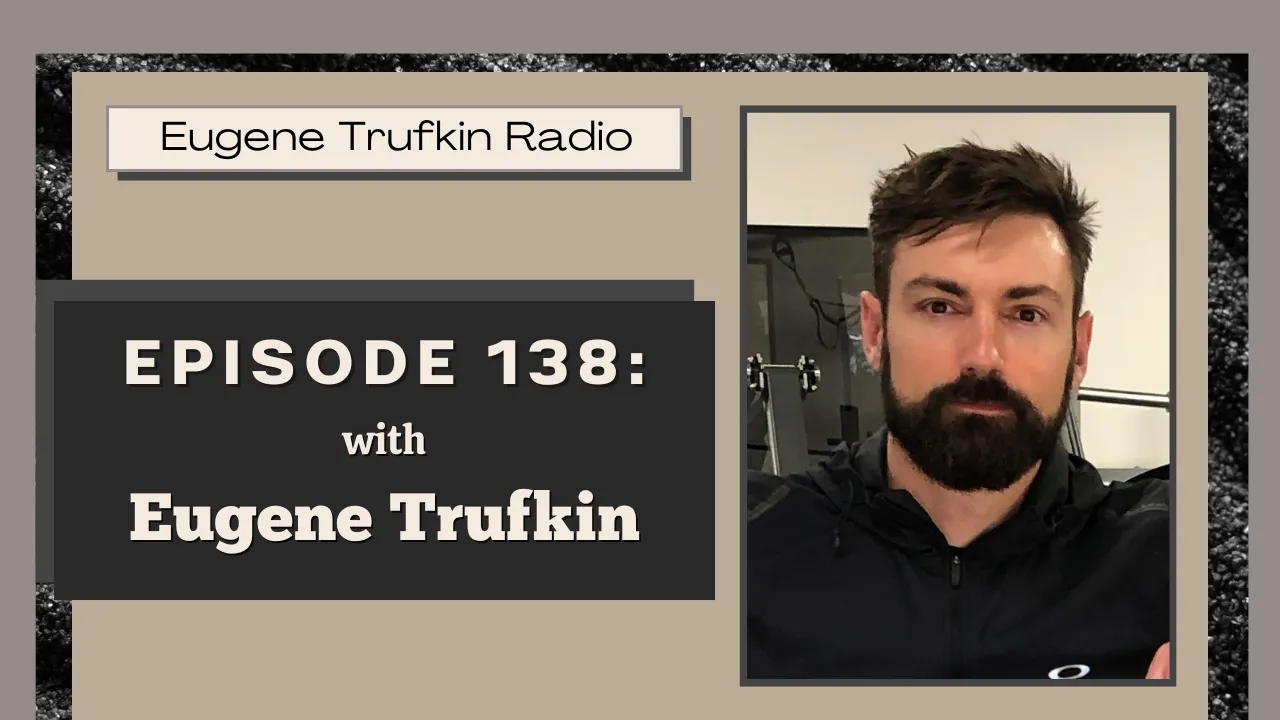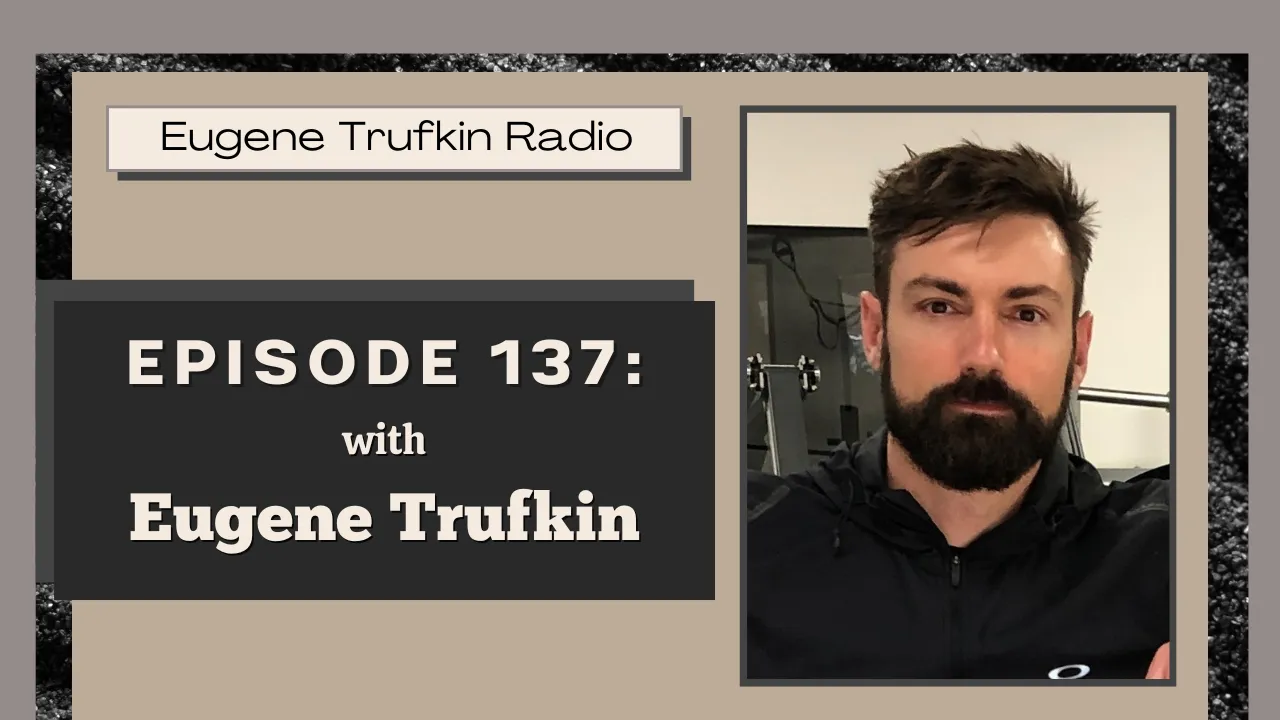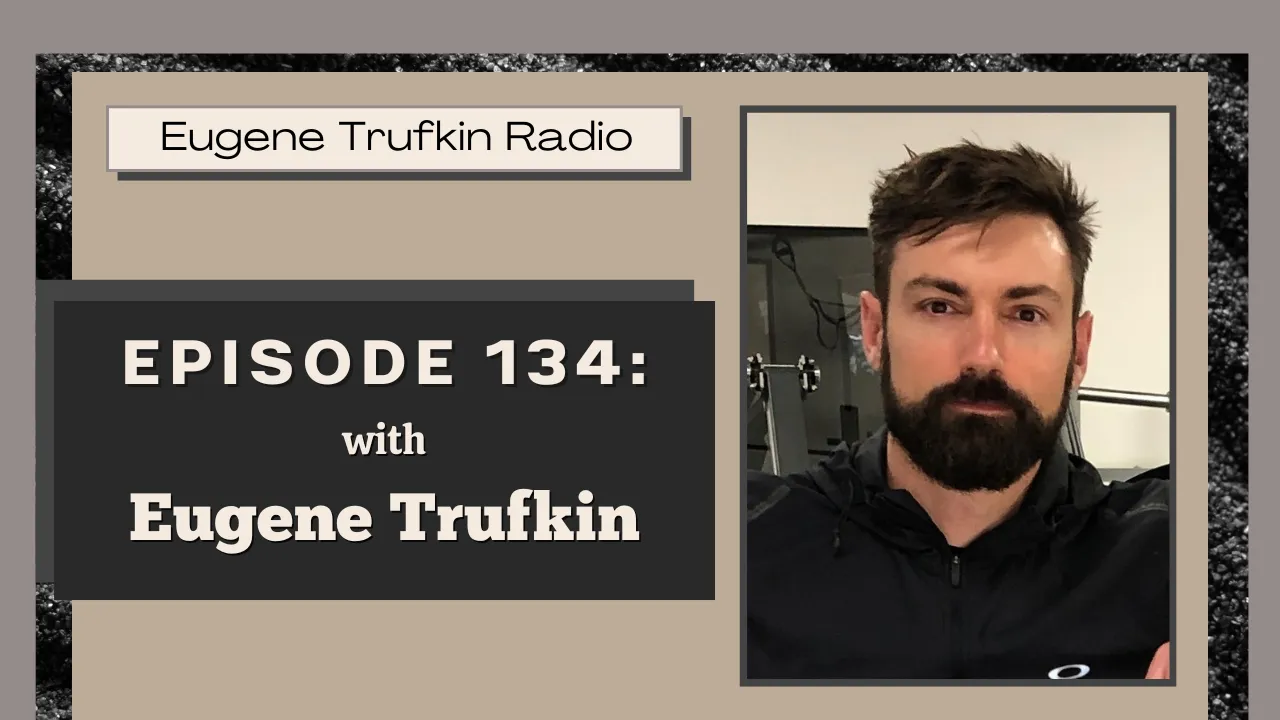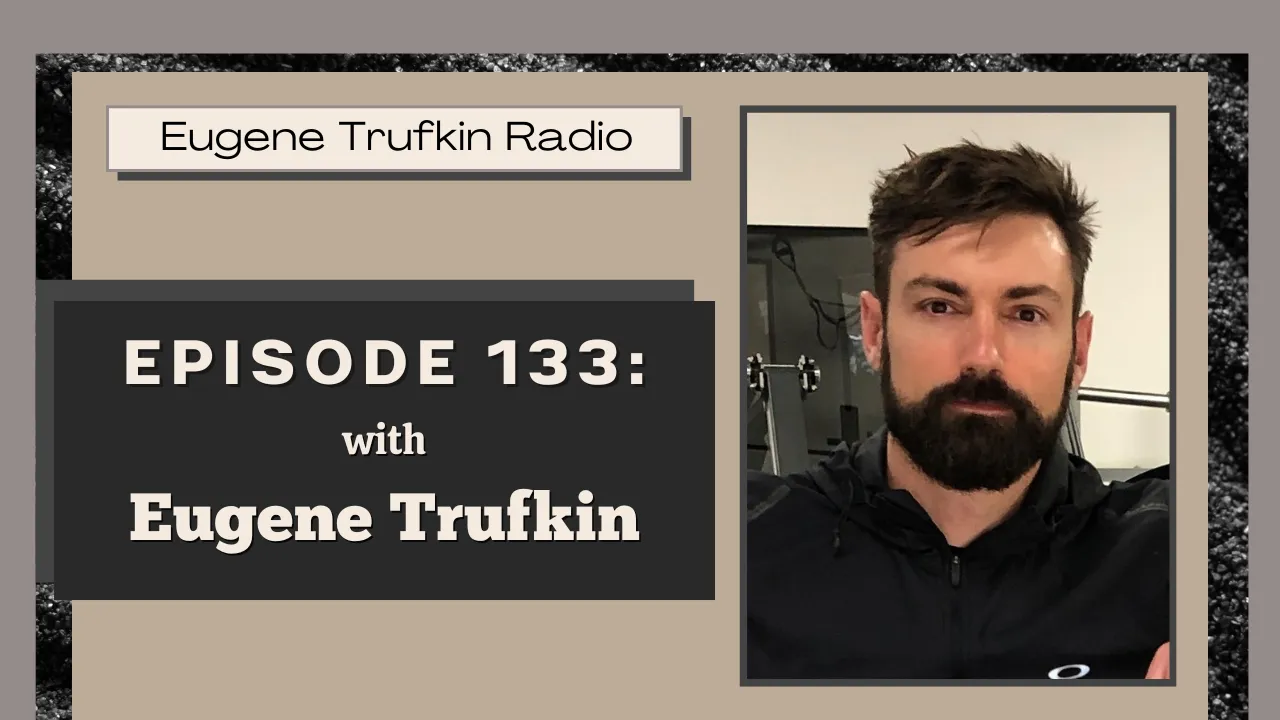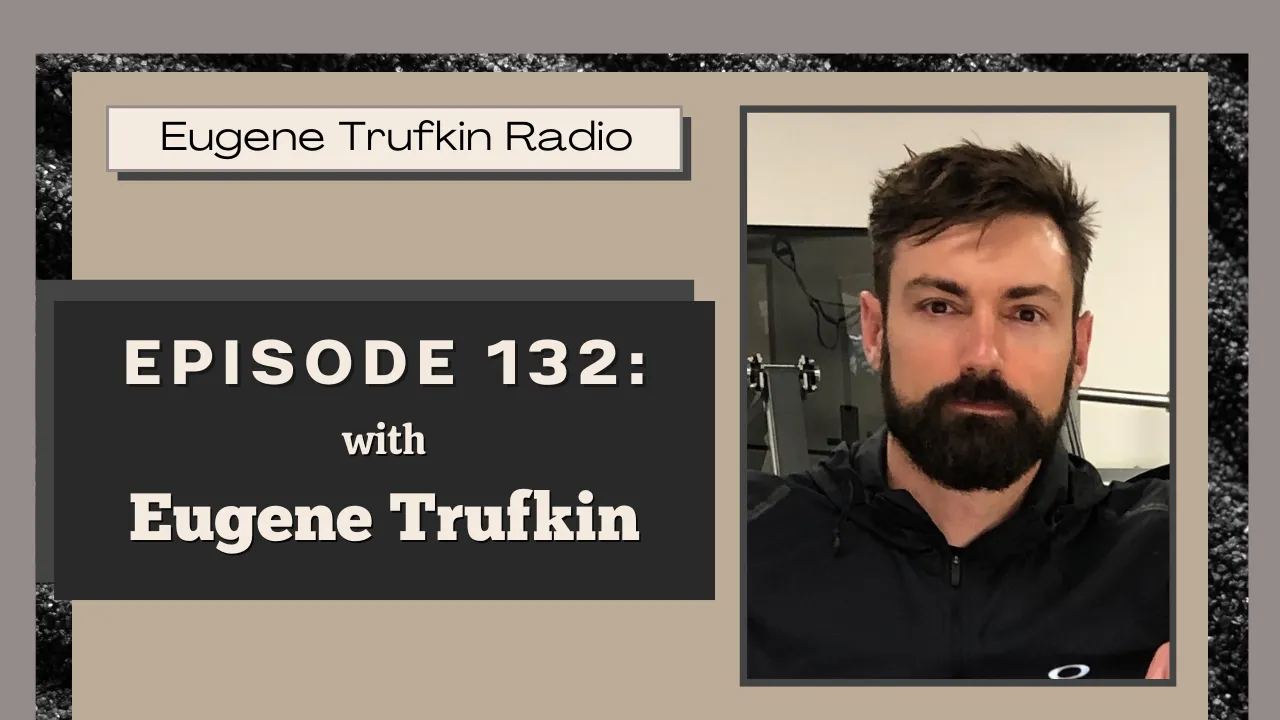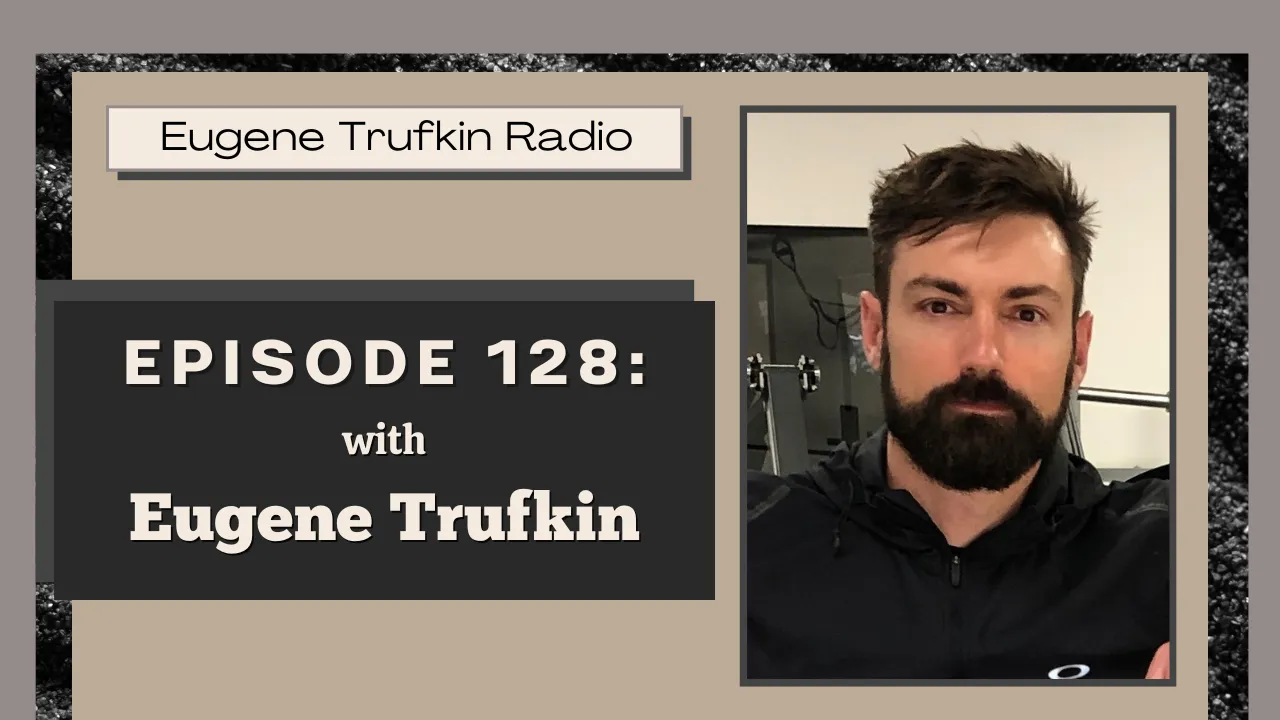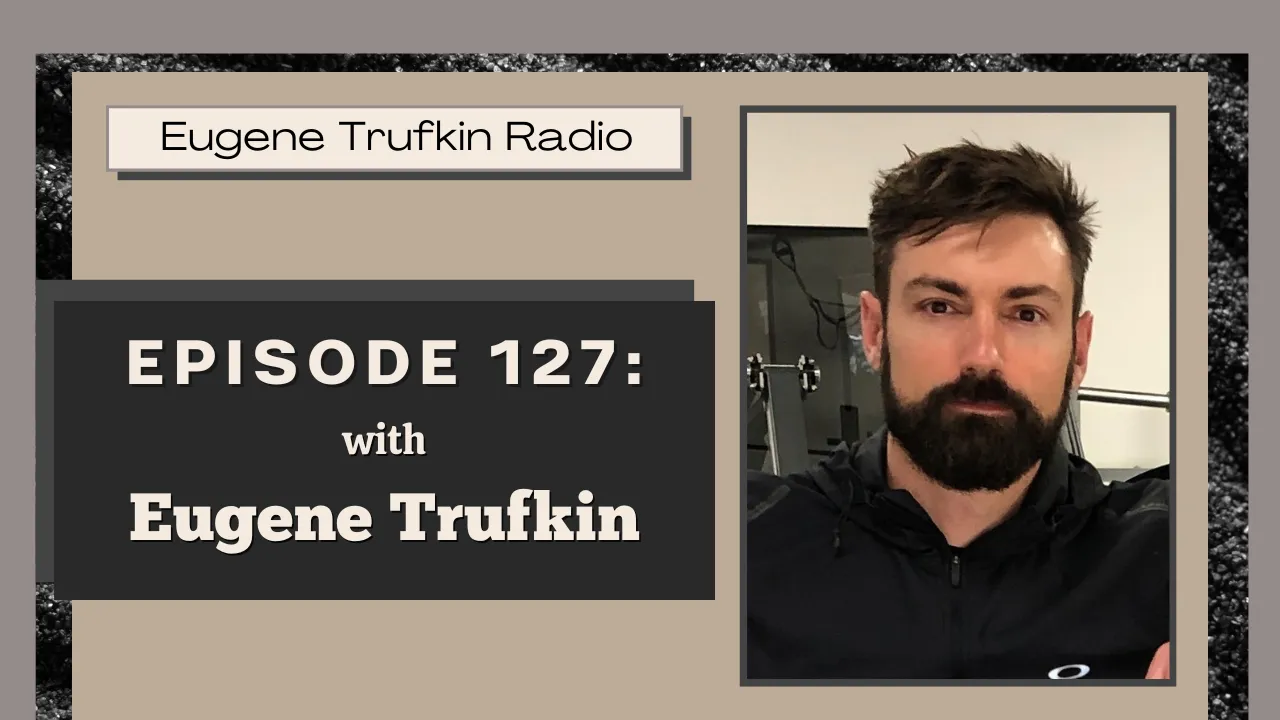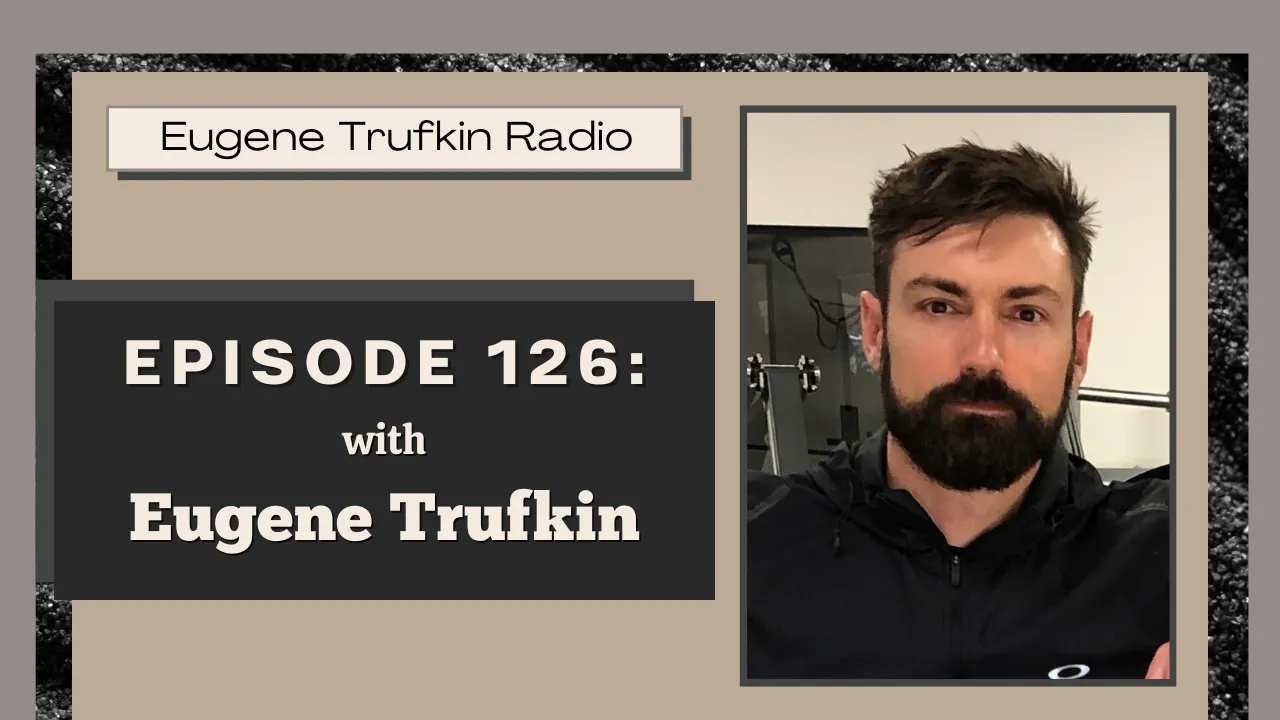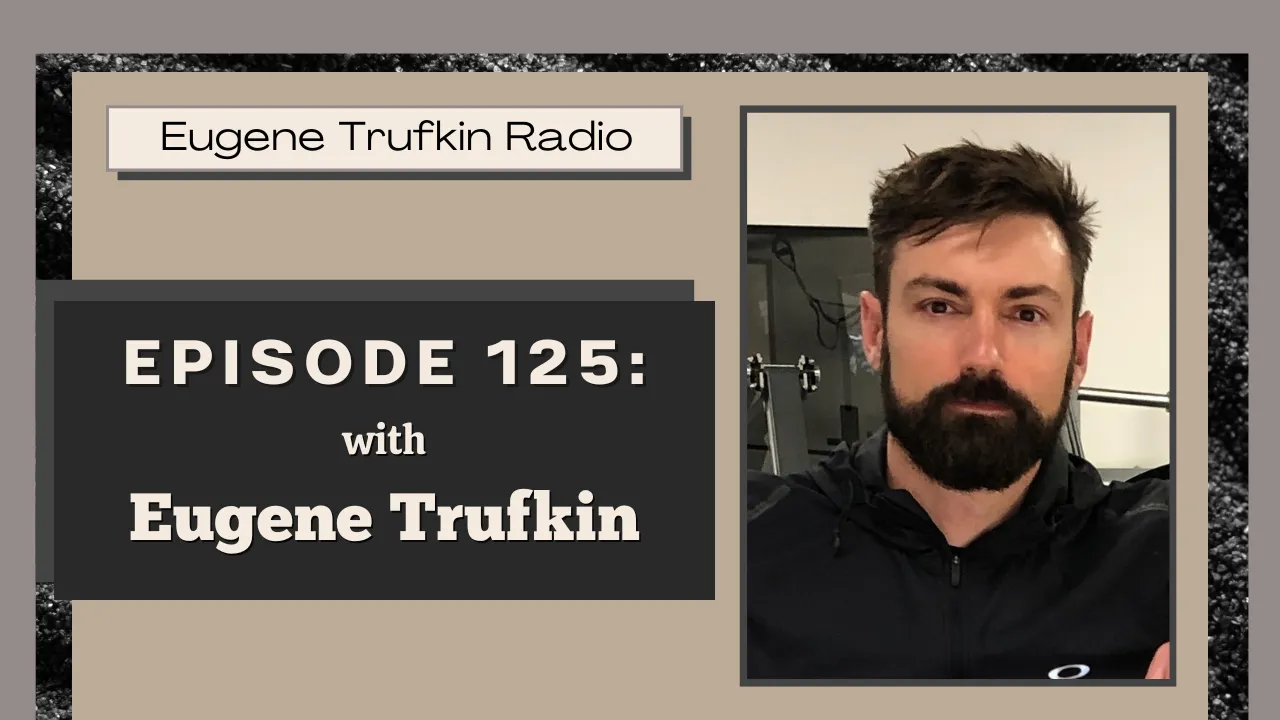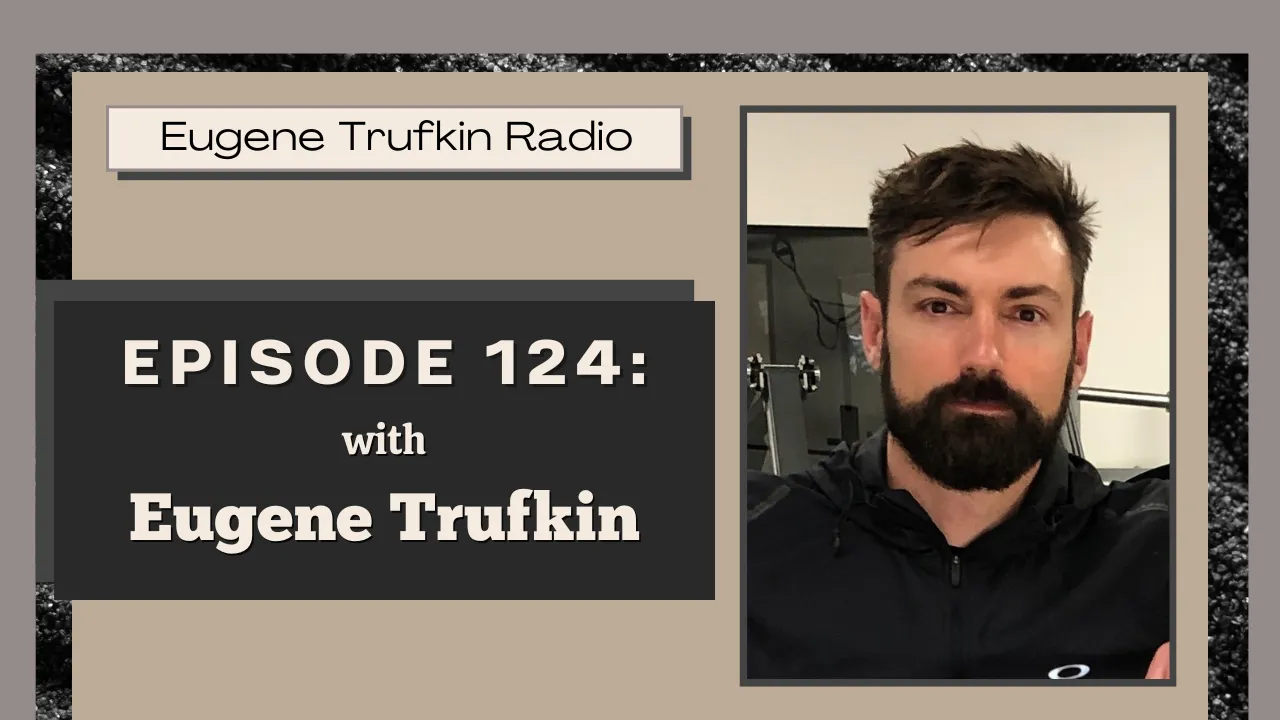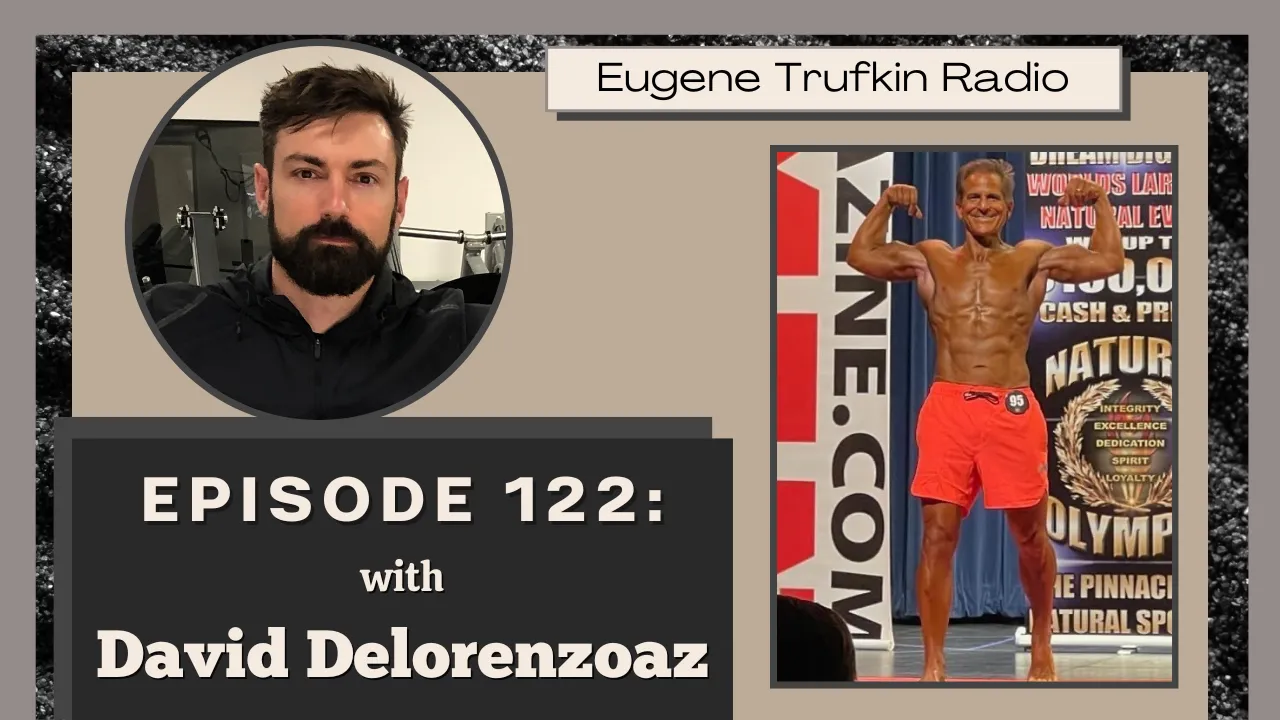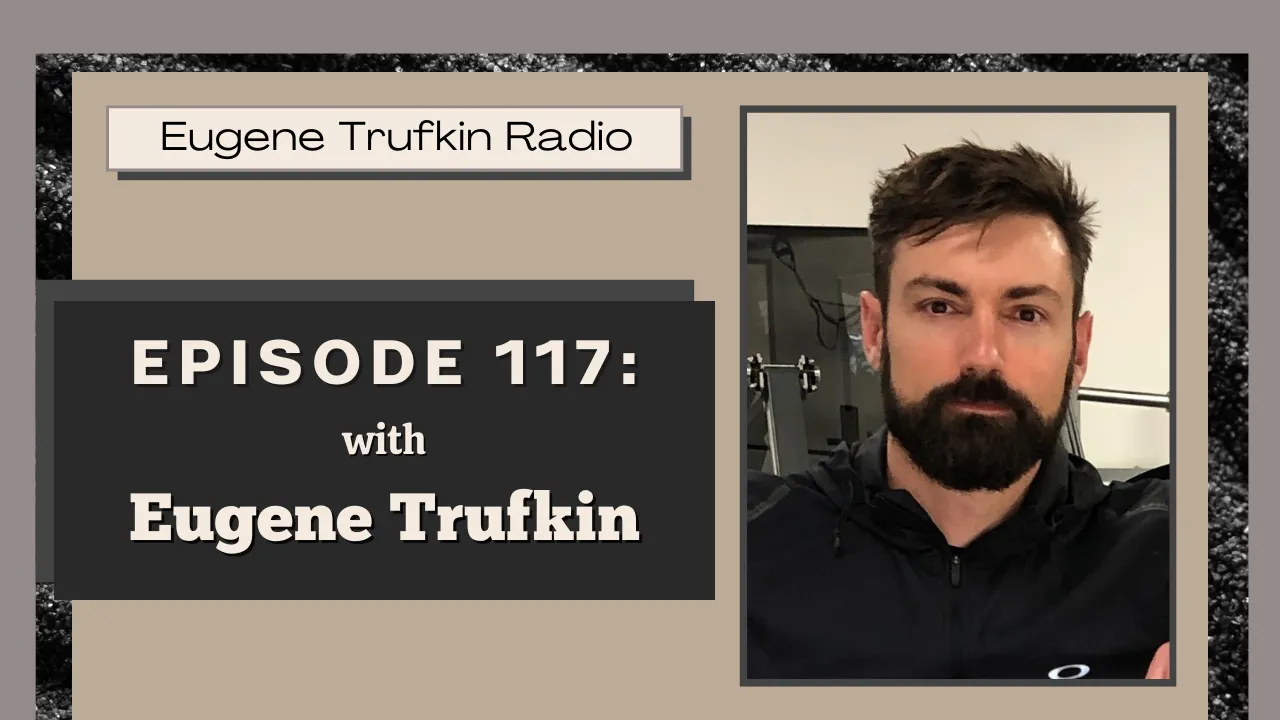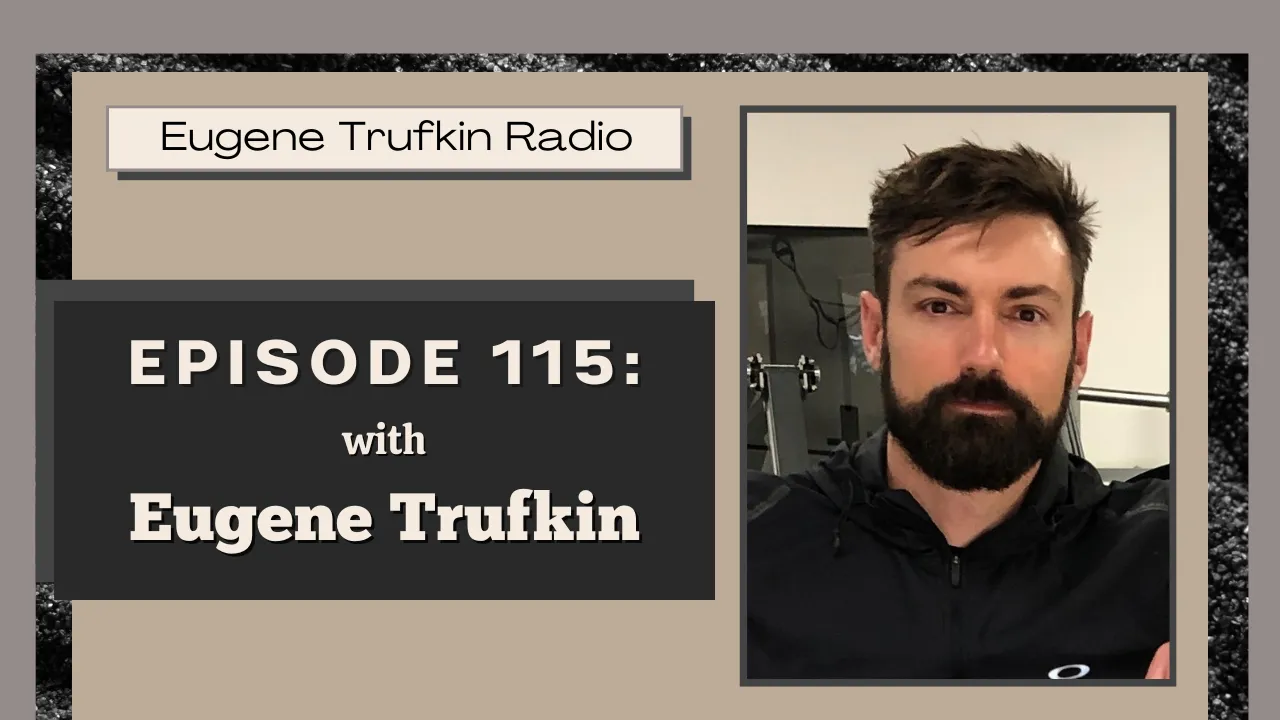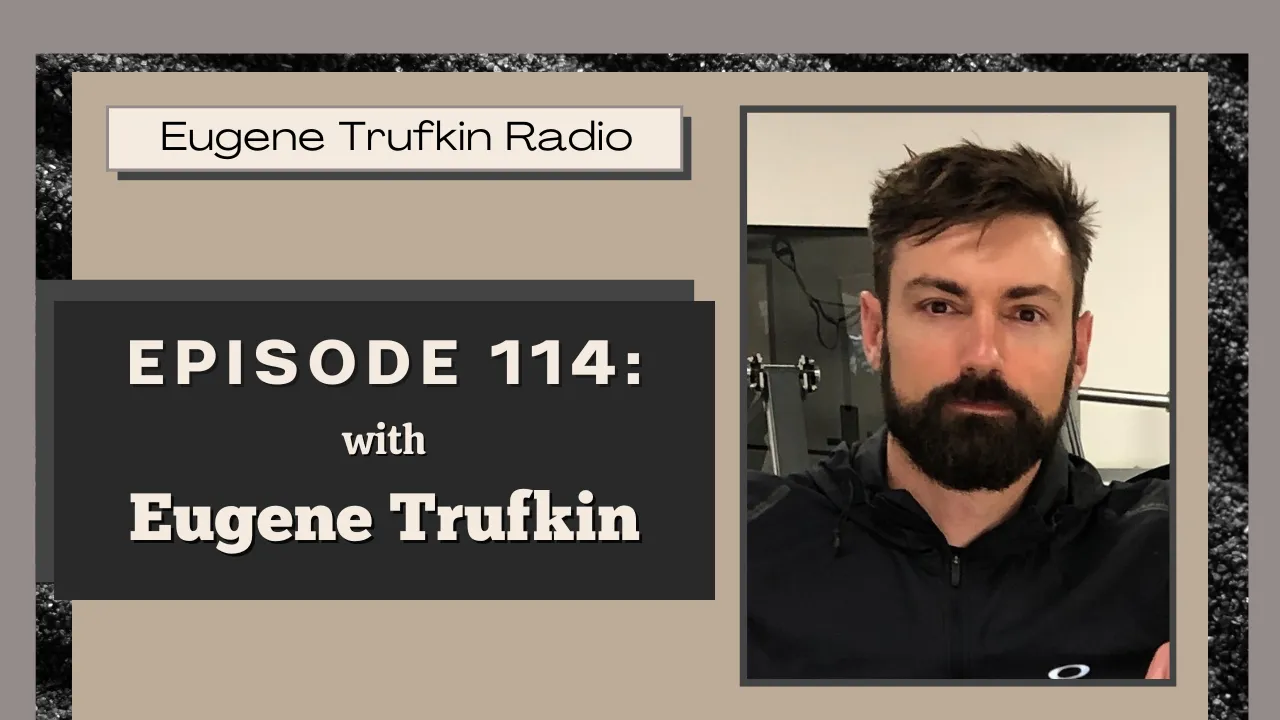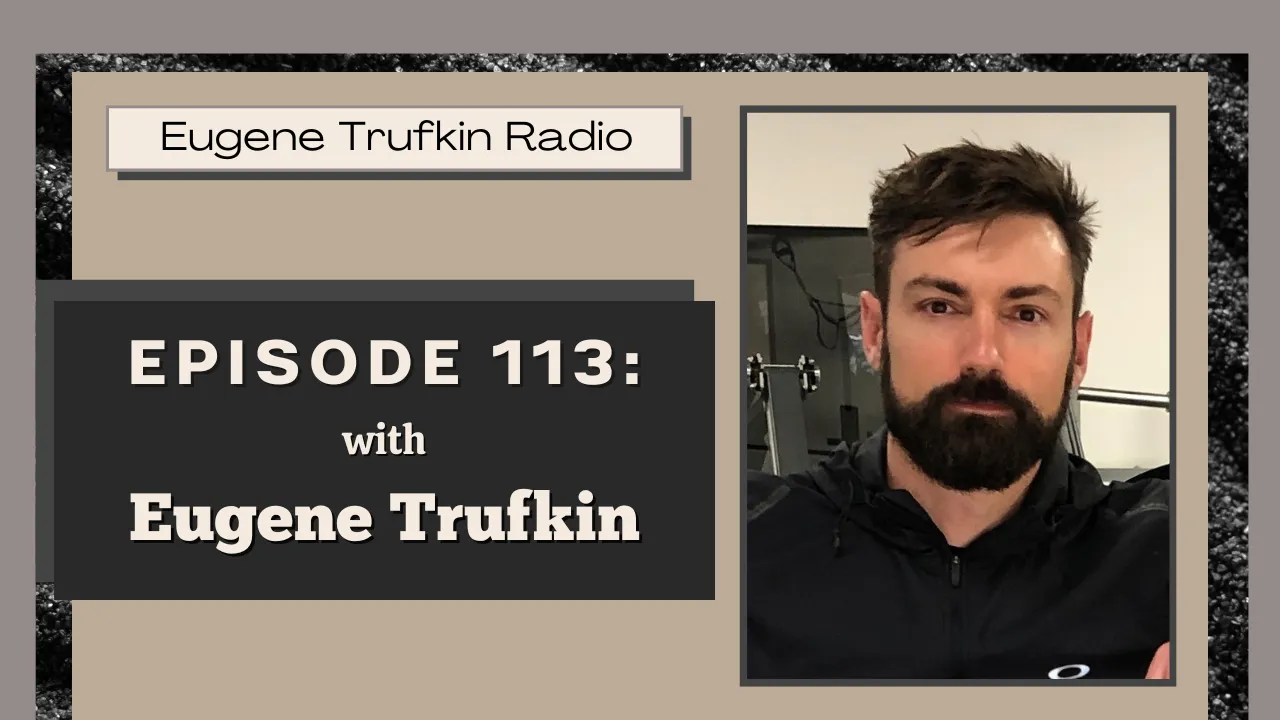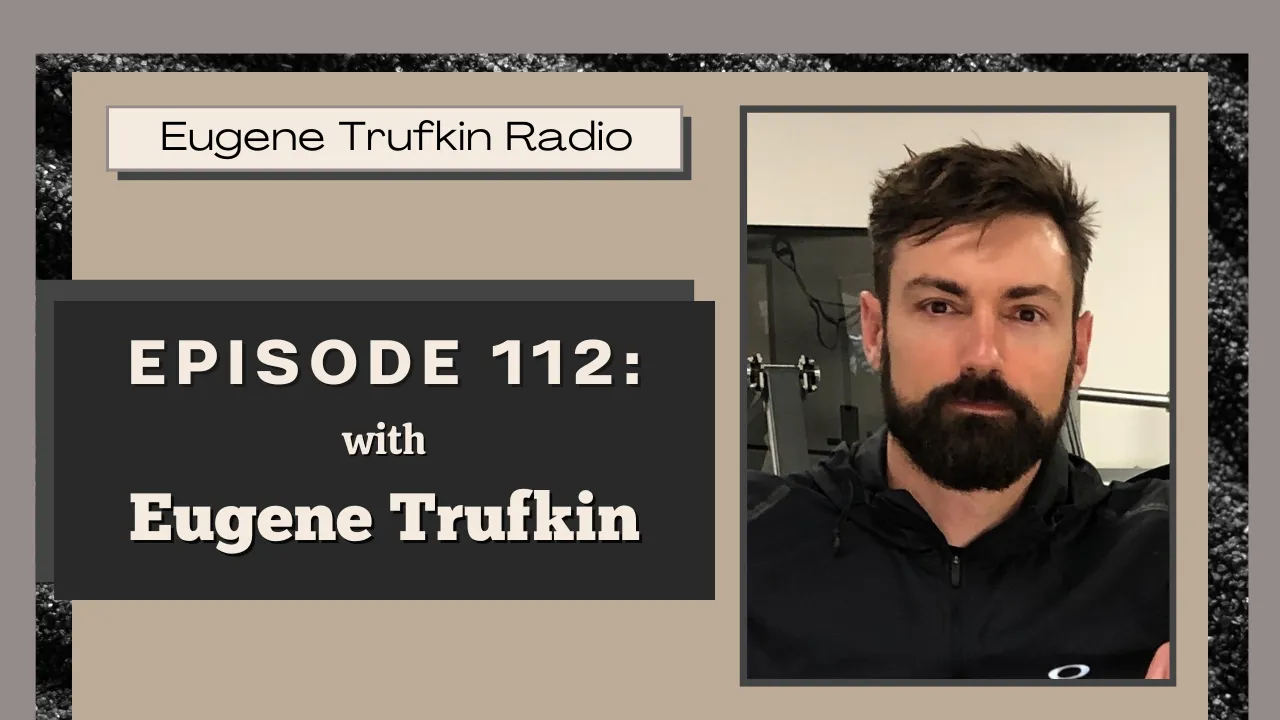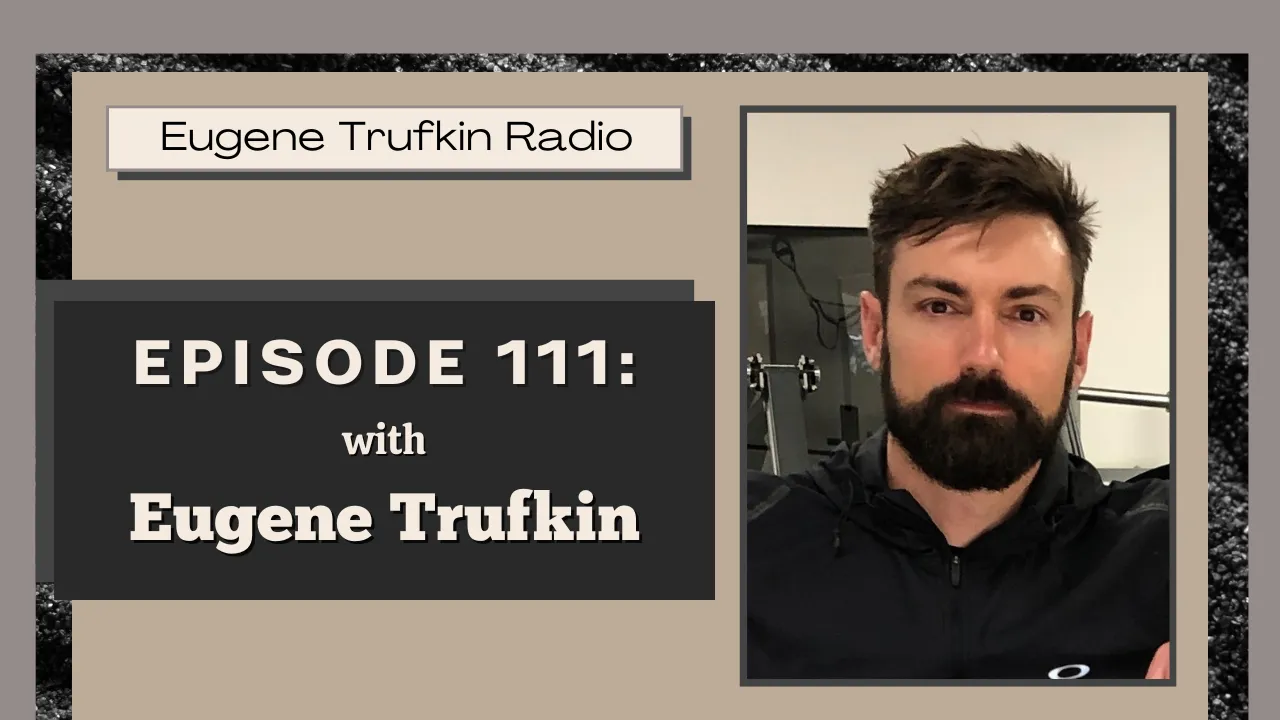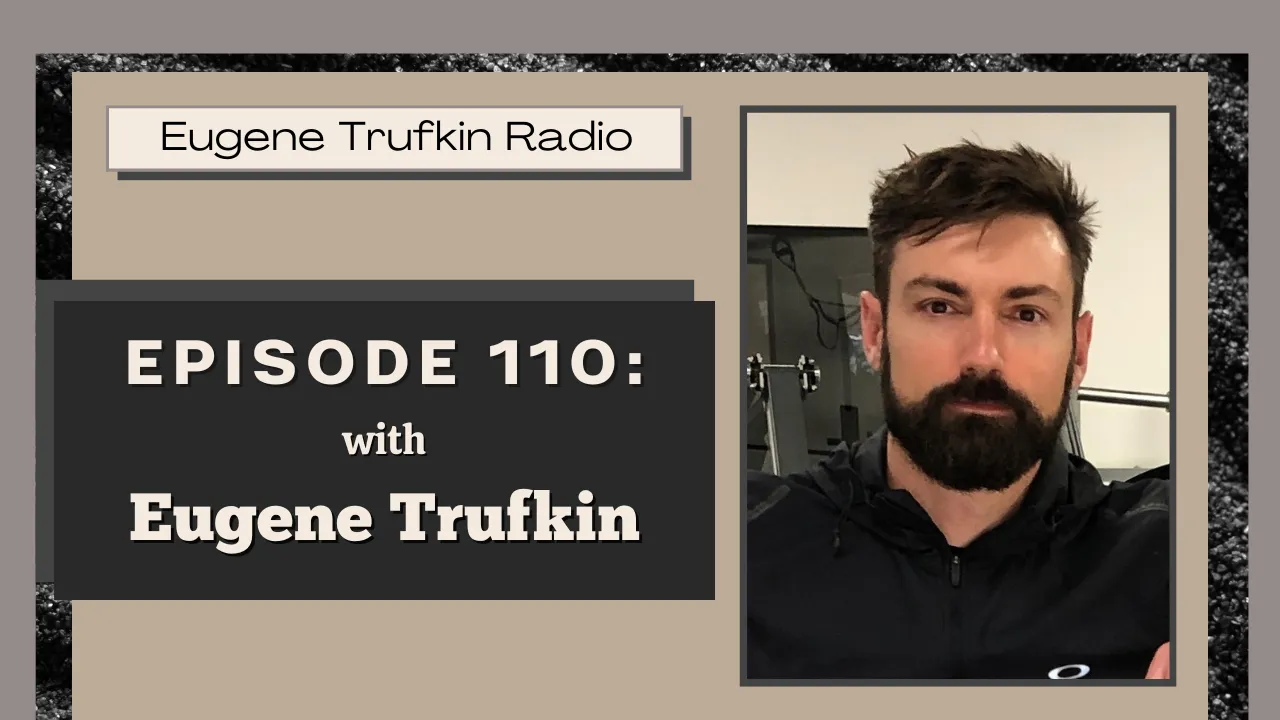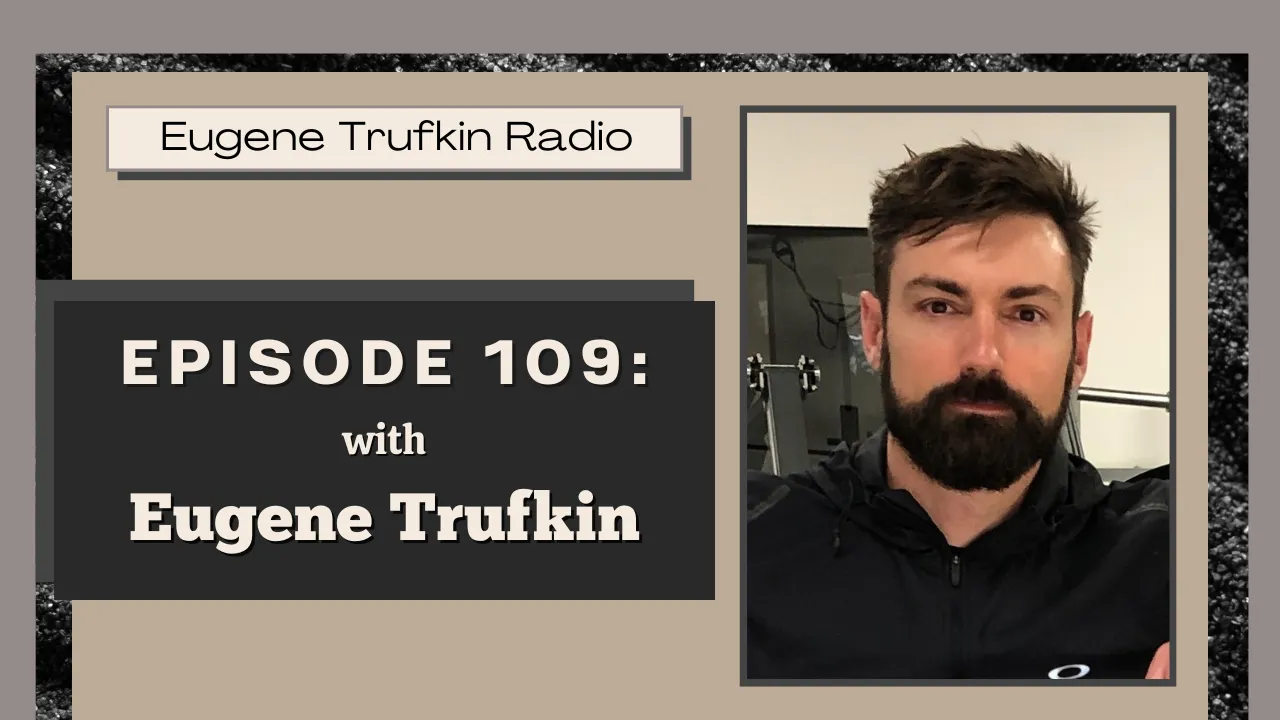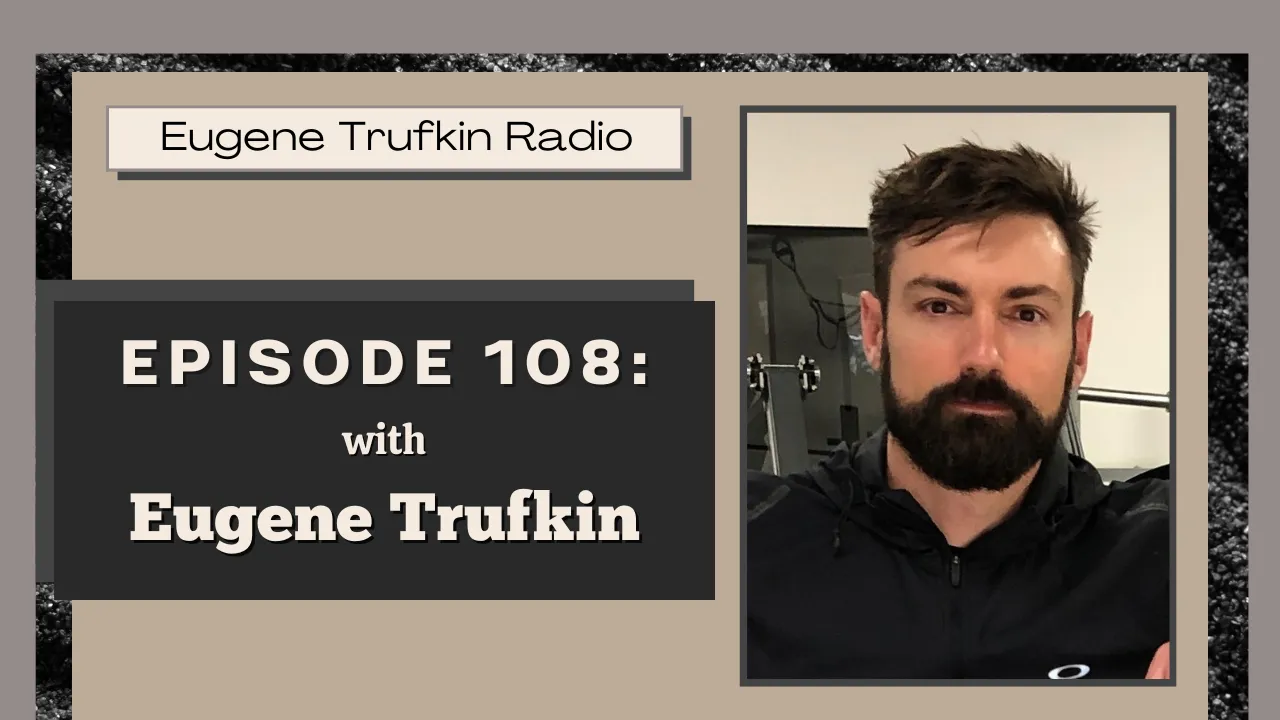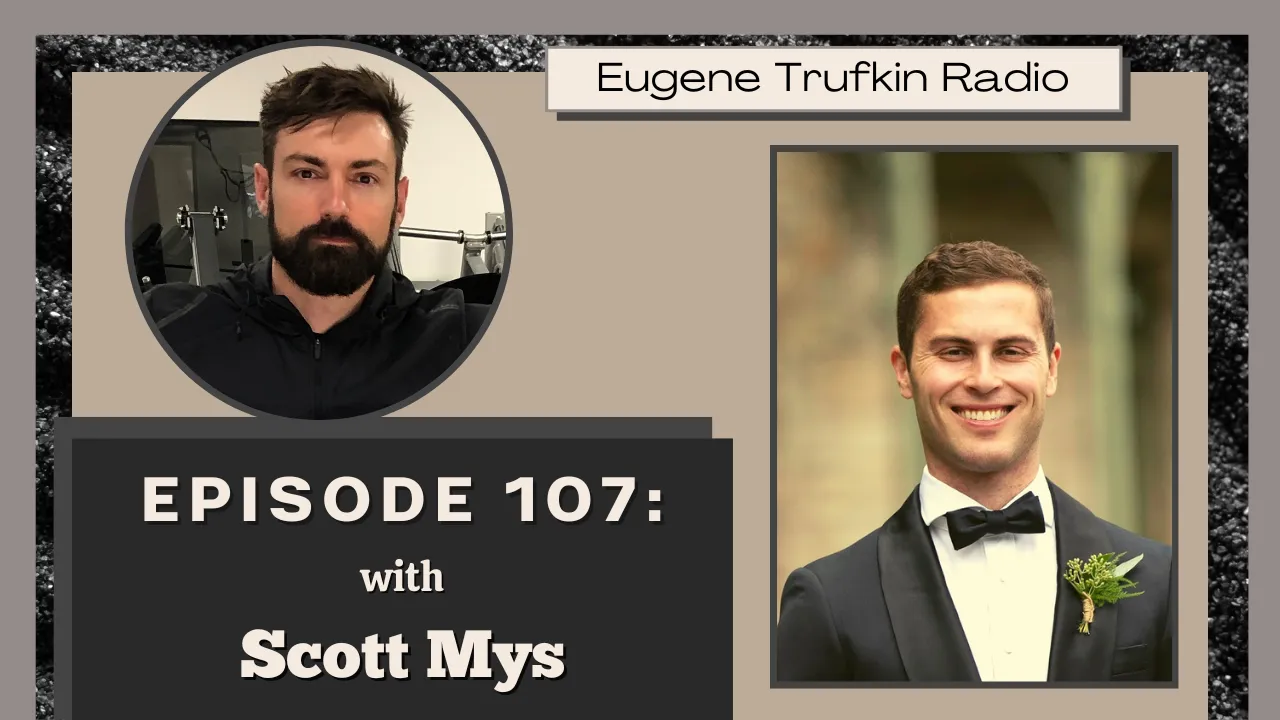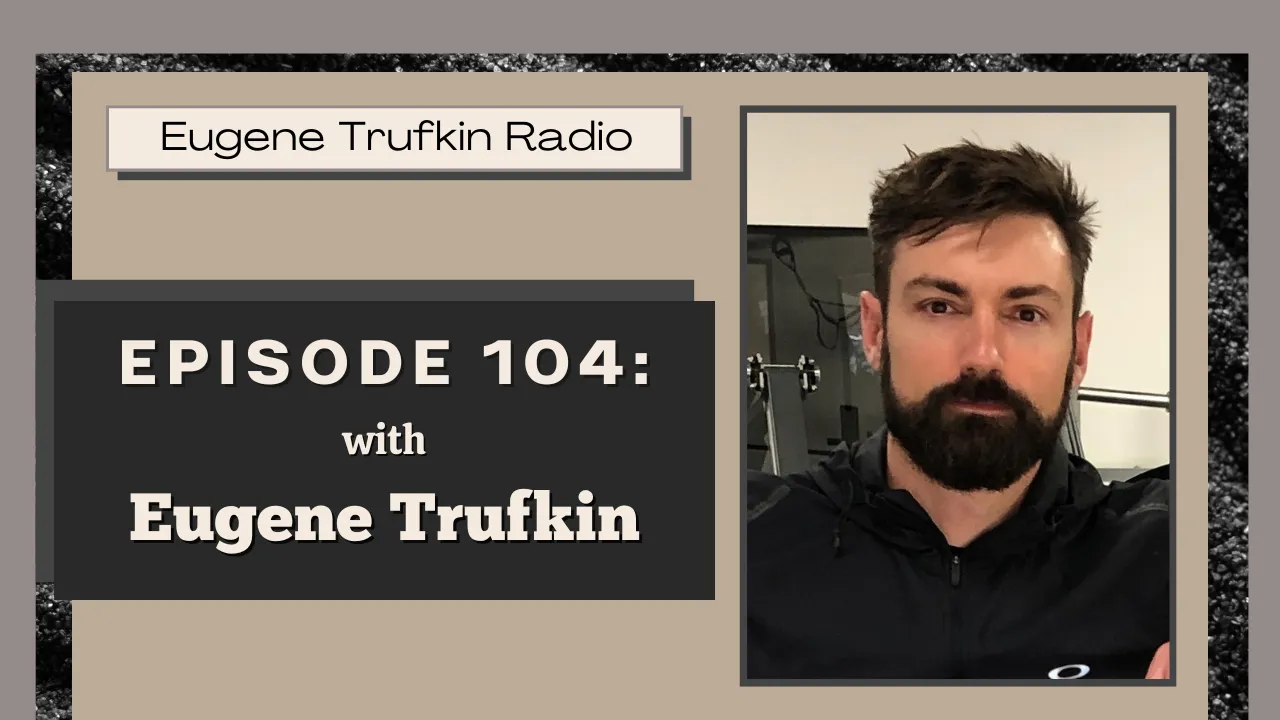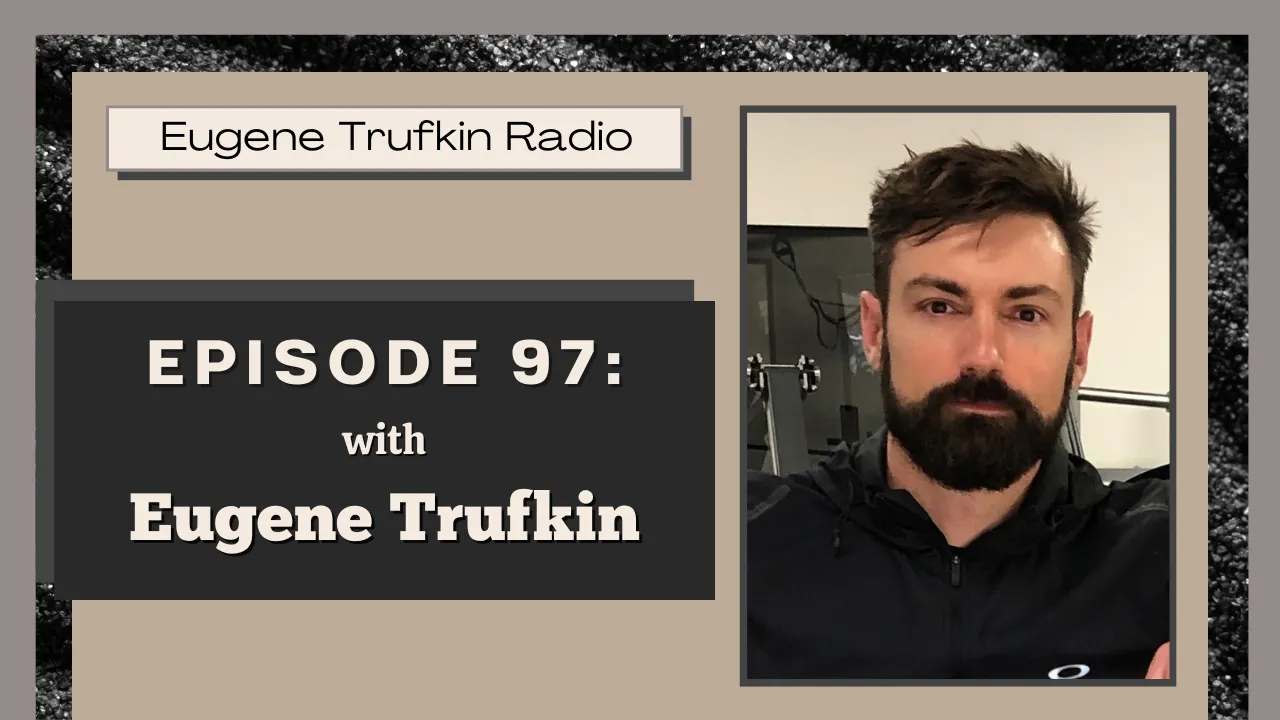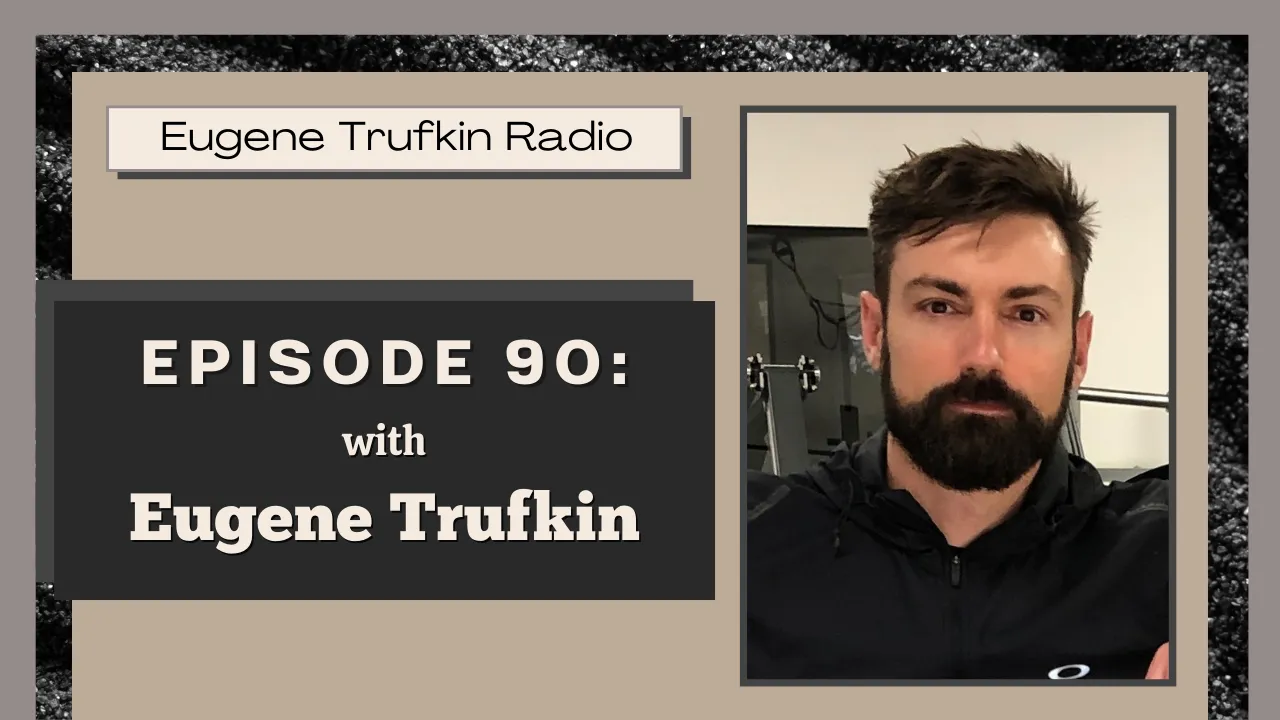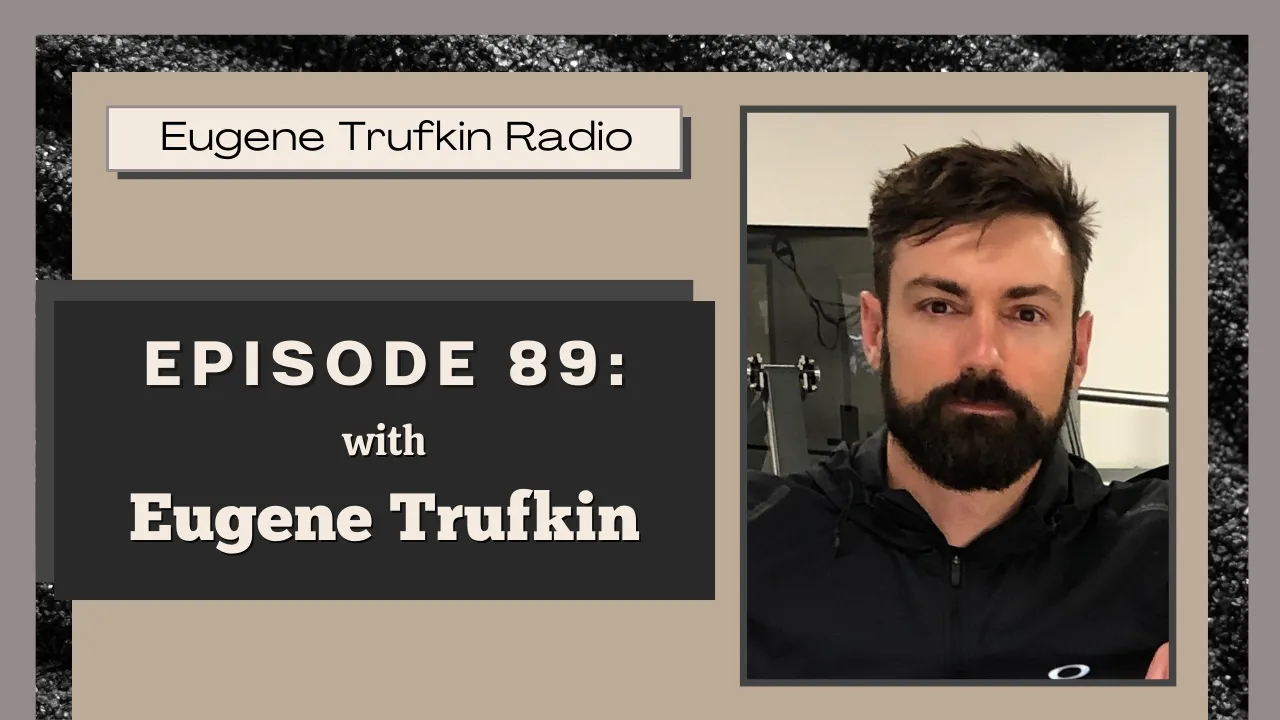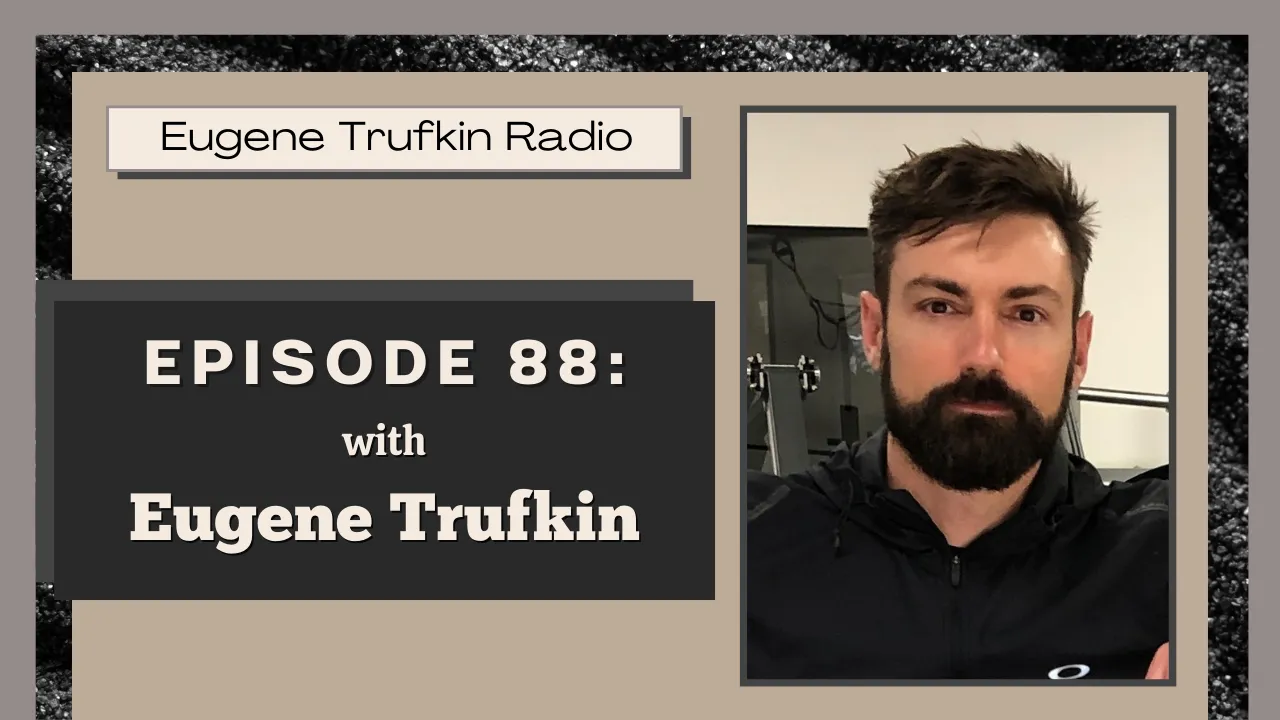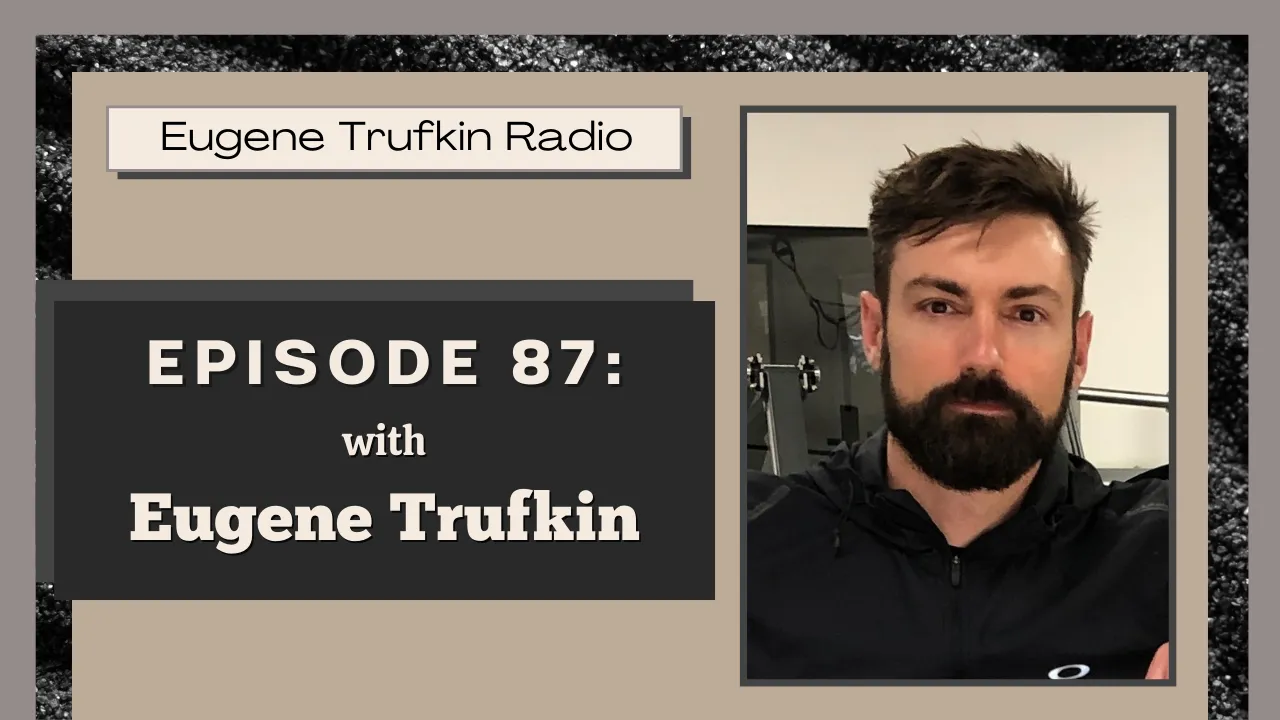YOGA VS WEIGHT TRAINING VS CARDIO: WHICH BURNS MORE FAT?
First, lets start off with what's stopping you from burning fat: Glycogen.
1. What is Glycogen and how to reduce it:
Glycogen is found in your muscles but is also present in your liver in very small amounts. When glycogen stores are full, anything you eat will be converted into fat. When glycogen stores are empty, anything you eat will be diverted to fill them instead of body fat. Also, when glycogen stores are empty, your body extracts its own fat to fill those stores. The process of extracting stored body fat to fill empty glycogen stores is what fat loss is all about. Thus, it’s advantageous to keep your glycogen levels low or nil all year round, if fat loss is your goal, so your body is constantly extracting its own body fat to fill those empty glycogen stores. This is the way to sustain fat loss.

So what’s the most effective workout for depleting glycogen levels?
Least Effective Ways of Burning Fat:
1. Aerobics and excessive cardio (running more than 1.5hrs a week)
2. Yoga
Moderately Effective Ways of Burning Fat:
1. Cardio that isn’t done to excessive levels
2. Calisthenics
Most Effective Ways of Burning Fat:
1. Weight training
2. Sprinting

As you can see, the most effective methods for burning fat are weight training and sprinting. To be more specific, the weight training routine should be structured in the following manner:
1. Short rest intervals: For best fat loss results, rest intervals between sets should be
between 30 seconds and 60 seconds.
2. Large compound movements: For best fat loss results, mainly incorporate compound movements such as the barbell deadlift, squat, bench press, leg press, etc. Stay away from working small muscle groups such as the biceps. You’ll burn more glycogen by incorporating compound movements.
3. High volume for best results: the more sets you incorporate into your routine, the more fat you will burn.
4. Reps: For best fat loss results, the ideal repetition range should be 8 to 12. In general, avoid using very low repetition ranges (1-5 reps), and very high repetition ranges (25 and above).
Weight training has the following advantages that all other forms of exercise simply cannot provide.
Growth Hormone:
Weight training increases the amount of growth hormone in your body. This hormone is responsible for burning fat--the more growth hormone you have, the faster you burn fat. It also helps maintain a youthful appearance, since it rejuvenates skin cells. Thus, if you want to have a low body fat percentage, you have to keep your growth hormone levels high. The higher they are, the faster you will burn fat.
Testosterone:
Weight training also increases the amount of testosterone in your body. Testosterone is responsible for building muscle and boosting sex drive. The more testosterone you have, the more muscle you will be able to obtain, with less effort. The less testosterone you have, the less muscle you will be able to build. The only form of exercise that has a major positive impact on
testosterone levels is weight training.
Staying Anabolic:
With weight training, there is no way for you to burn muscle. Thus, you maintain your metabolism, which helps maintain low body fat around the clock. Weight training is 100% anabolic; all it does is build muscle. It’s a different story with cardio and aerobic exercise, which both have the potential to burn muscle and thus decrease your metabolism, and therefore make fat gain that much easier. In other words, weight training builds muscle mass and makes you leaner; cardio and aerobics break it down and can make you fatter.

Magazine Cover Looks:
People want rock hard muscle, six-pack abs, and superlative definition and muscle separation. Let’s face it--you’re definitely not going to achieve that by doing cardio and aerobics. To achieve that look, you have to lift weights. There are no ifs or buts about it. If you don’t lift weights, you’re not going to look muscular and ripped.
Defying Genetics:
The good thing about weight training is that it allows anyone to transform the way
their body looks. In a sense, it allows them to reprogram their genetically determined shape. If you have narrow shoulders because of a narrow bone structure, you can make them wider by weight training your shoulders and back muscles, building a wider frame. You can extend this transformation to every part of your body, and the only way to do that is through weight training. Cardio, yoga and aerobics will not do that.
Cardiovascular Health:
If you perform your weight training with the rest intervals indicated above, you
will actually attain better cardiovascular health than you would by doing a long
distance run at a slow speed. For instance, do a set of 10 reps on a barbell squat and notice how hard your heart is pounding. I guarantee you that it’s beating much harder than after a 30 minute jog!
Work Around Injuries:
Weight training allows you to work around injuries. For instance, if you have lower back pain, simply avoid exercises that activate the lower back. On the other hand, cardio and aerobics make it very difficult, if not impossible to spare
specific body areas and work around your injuries.


